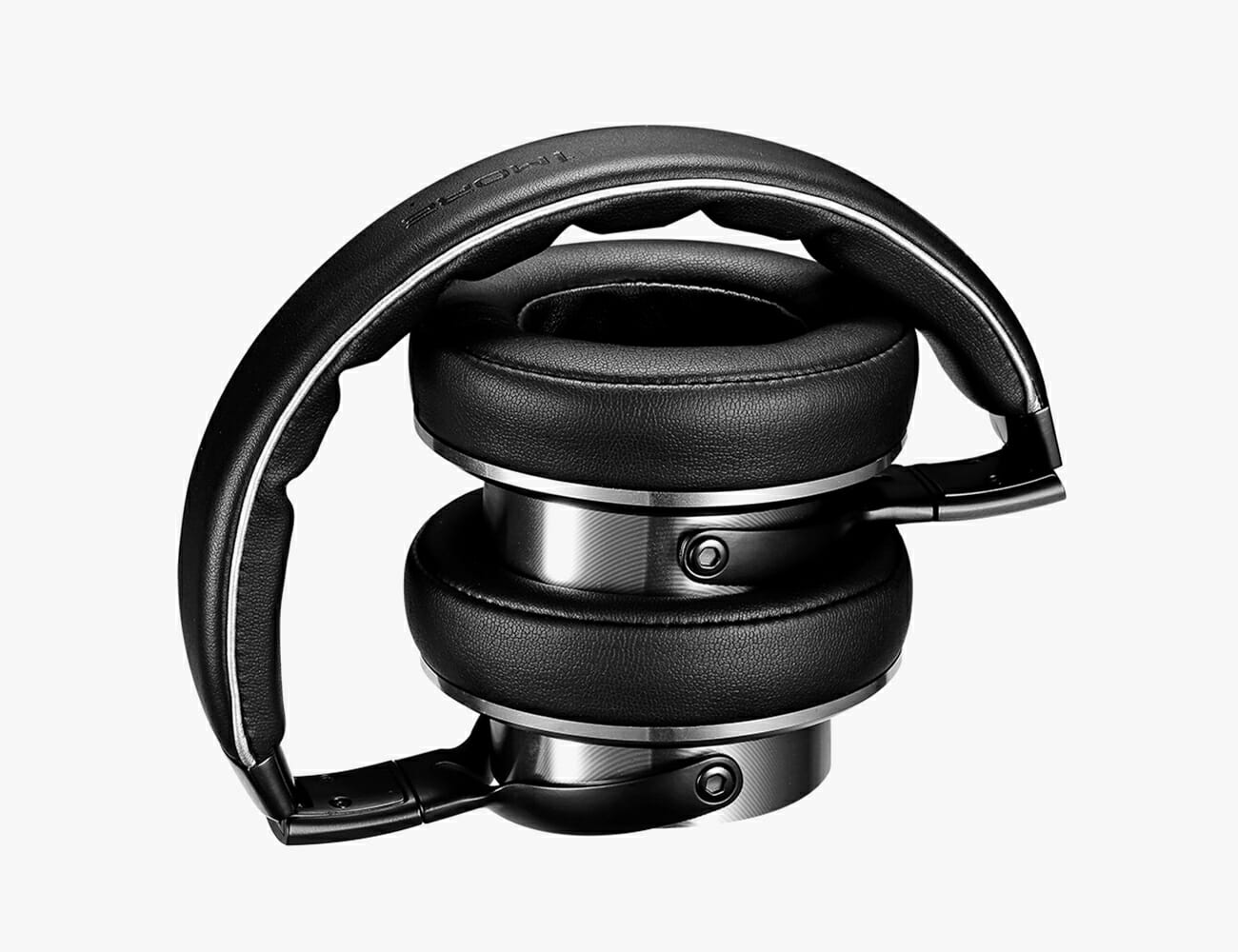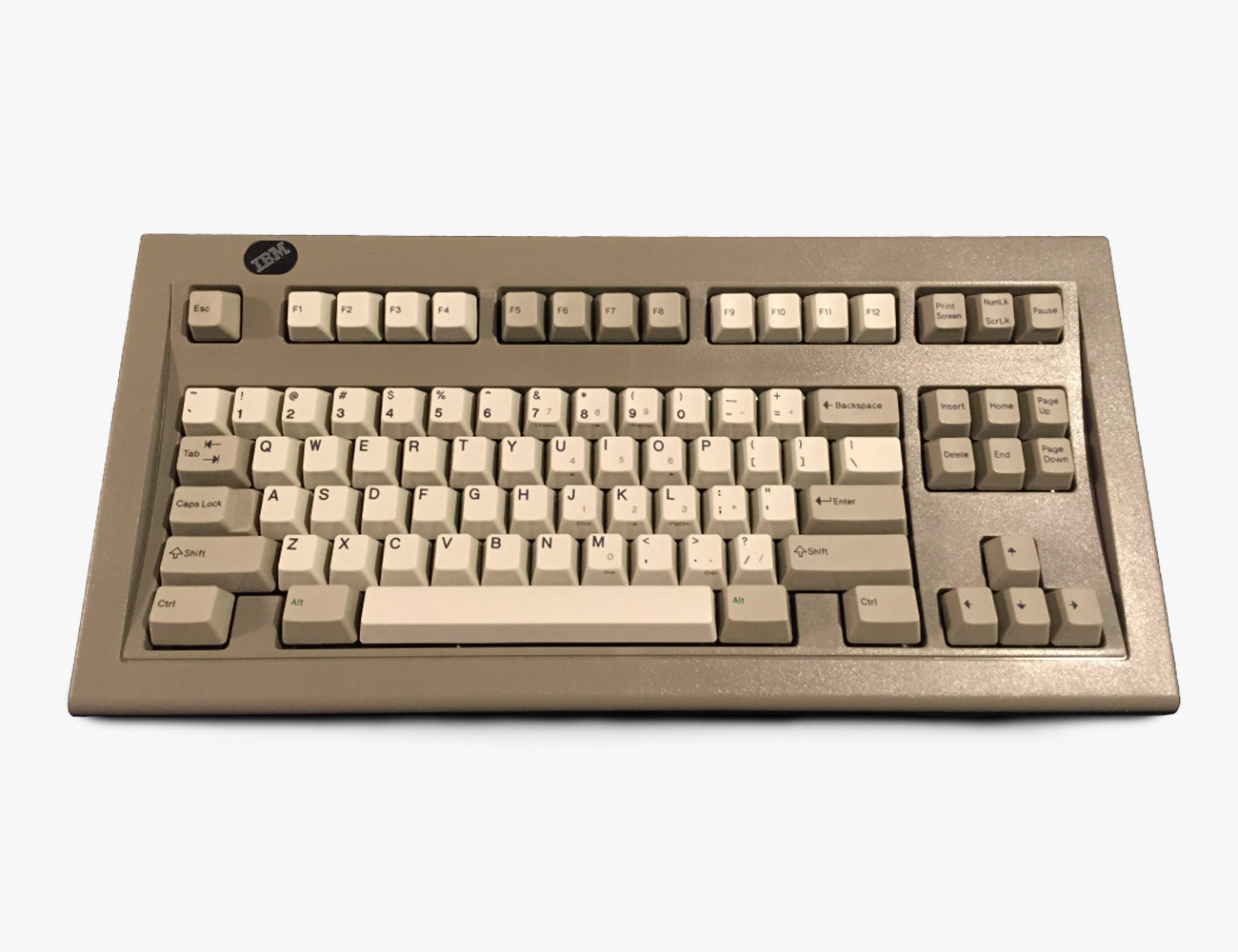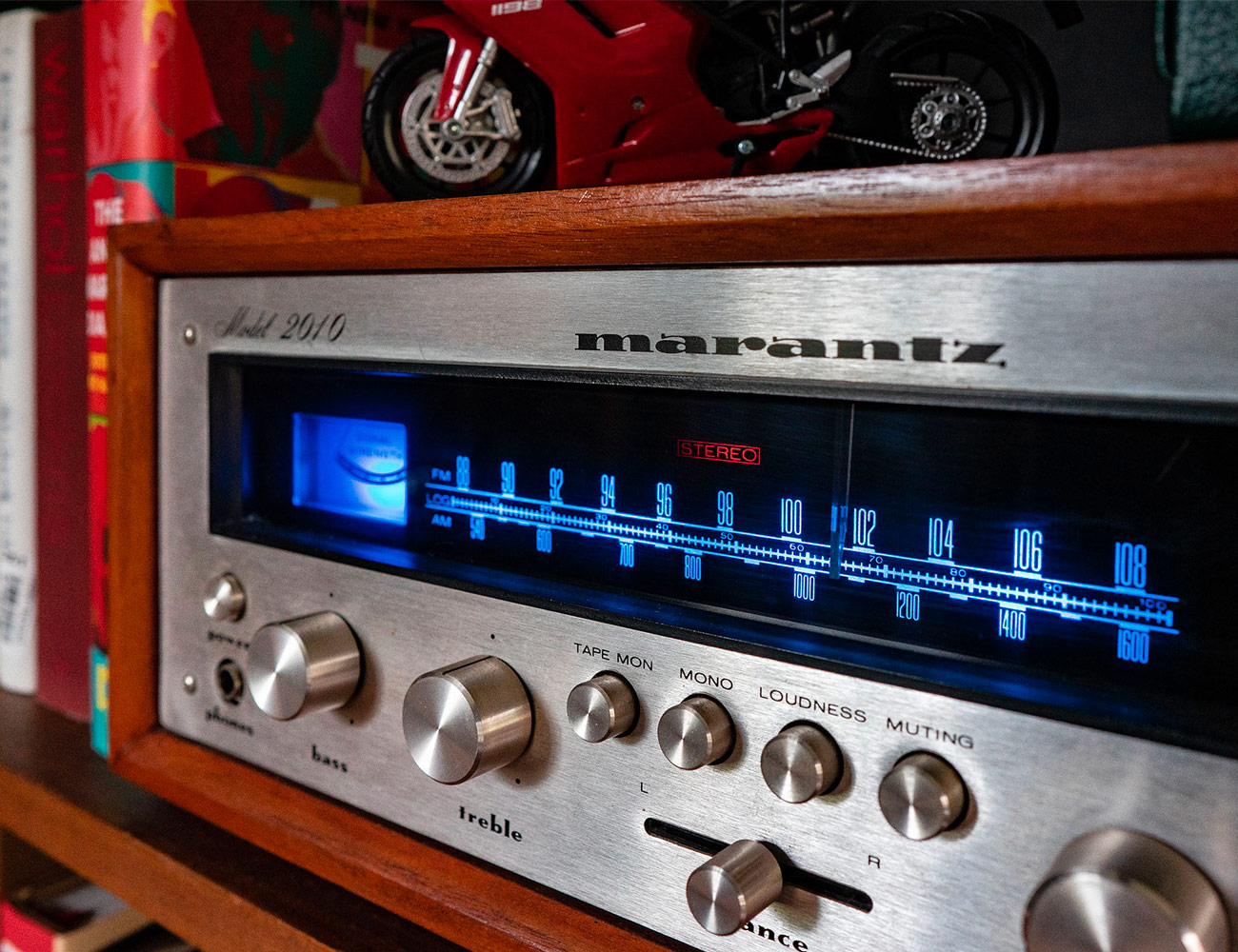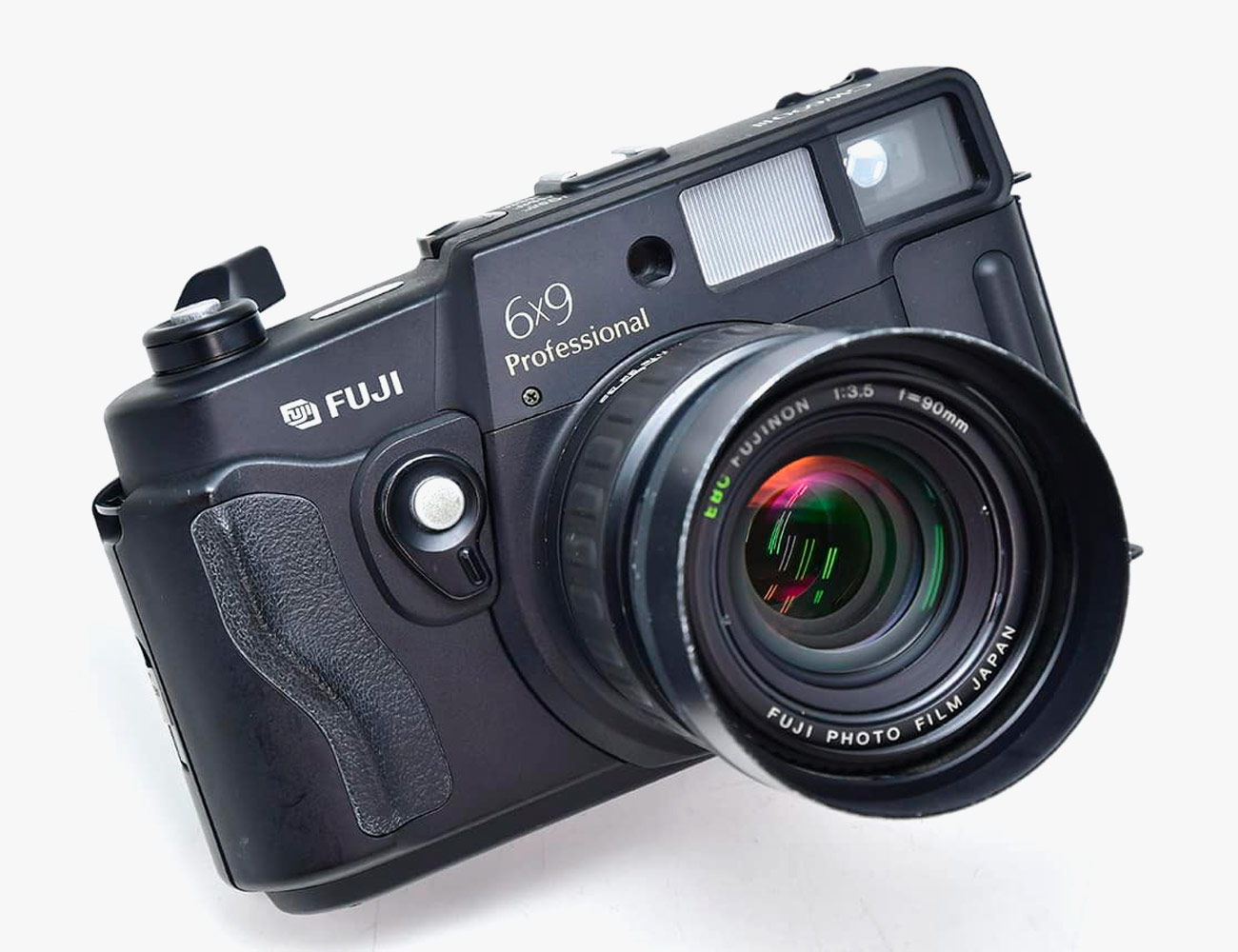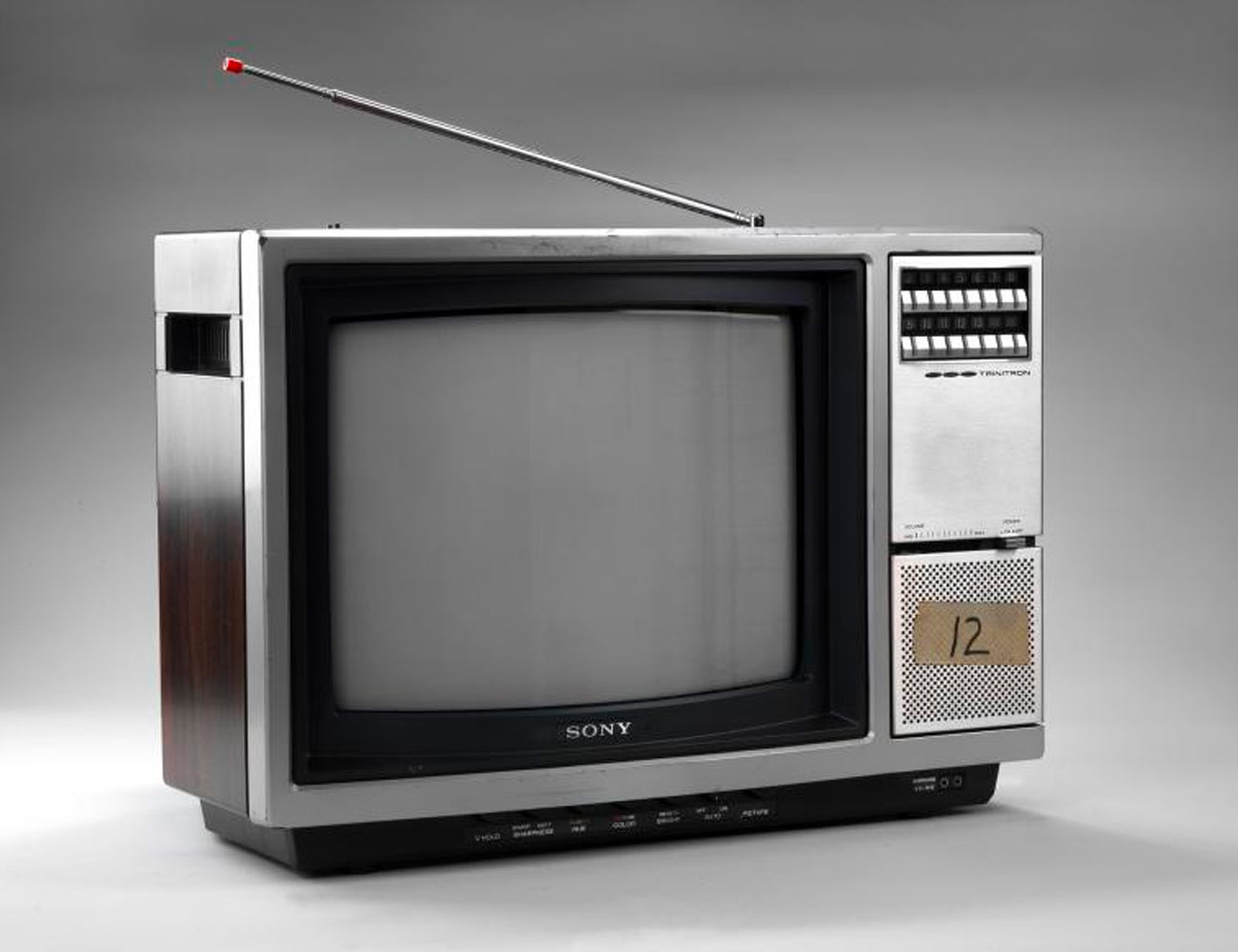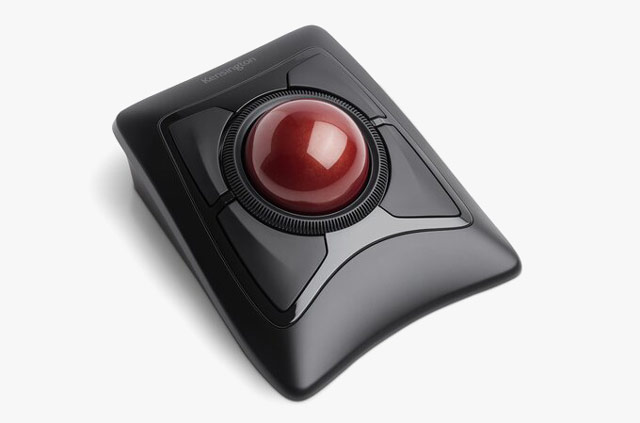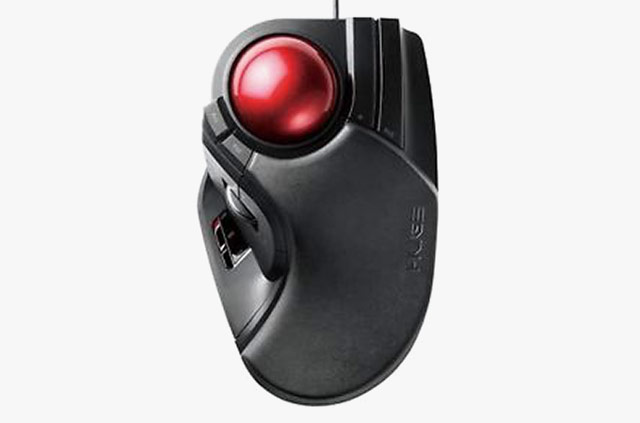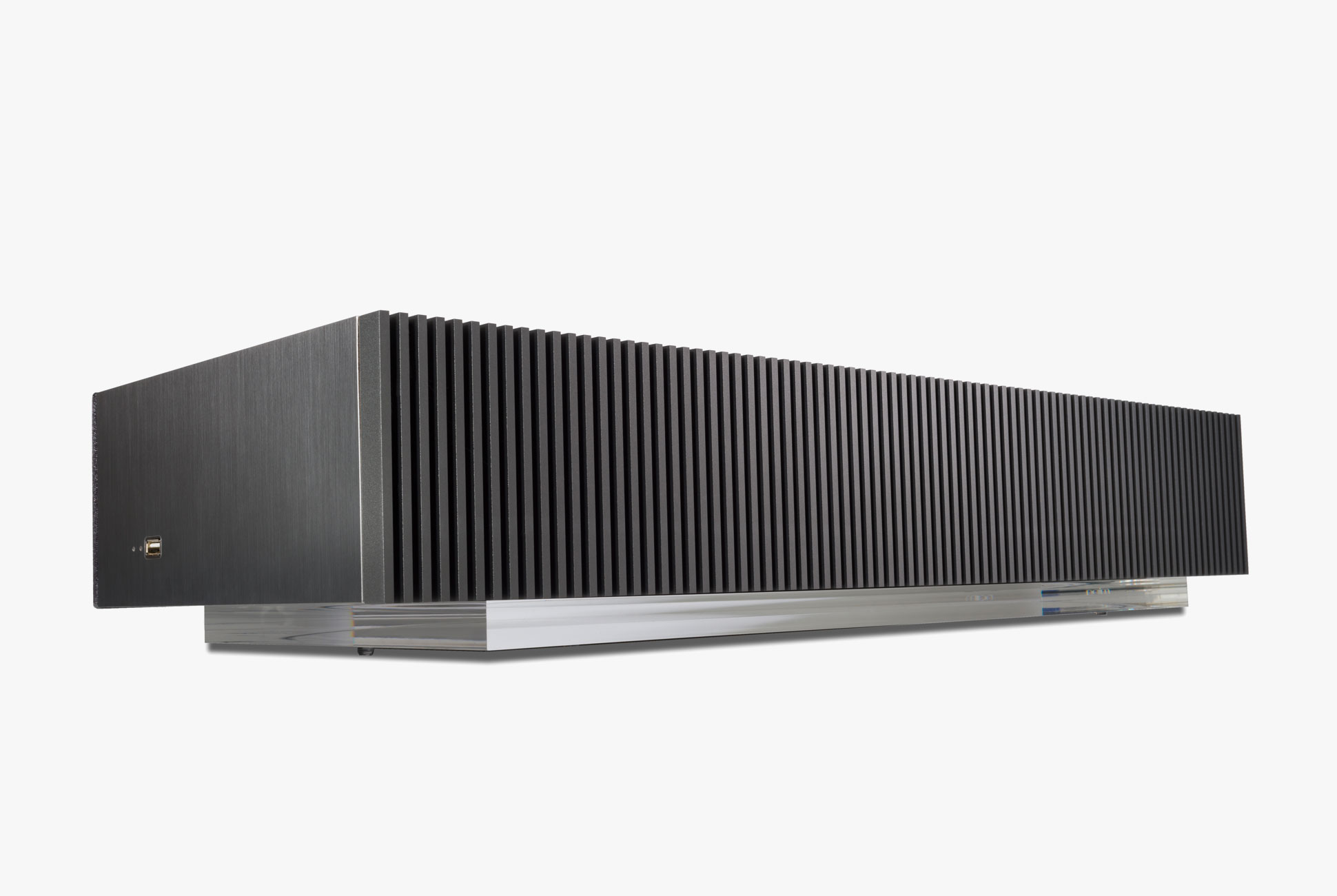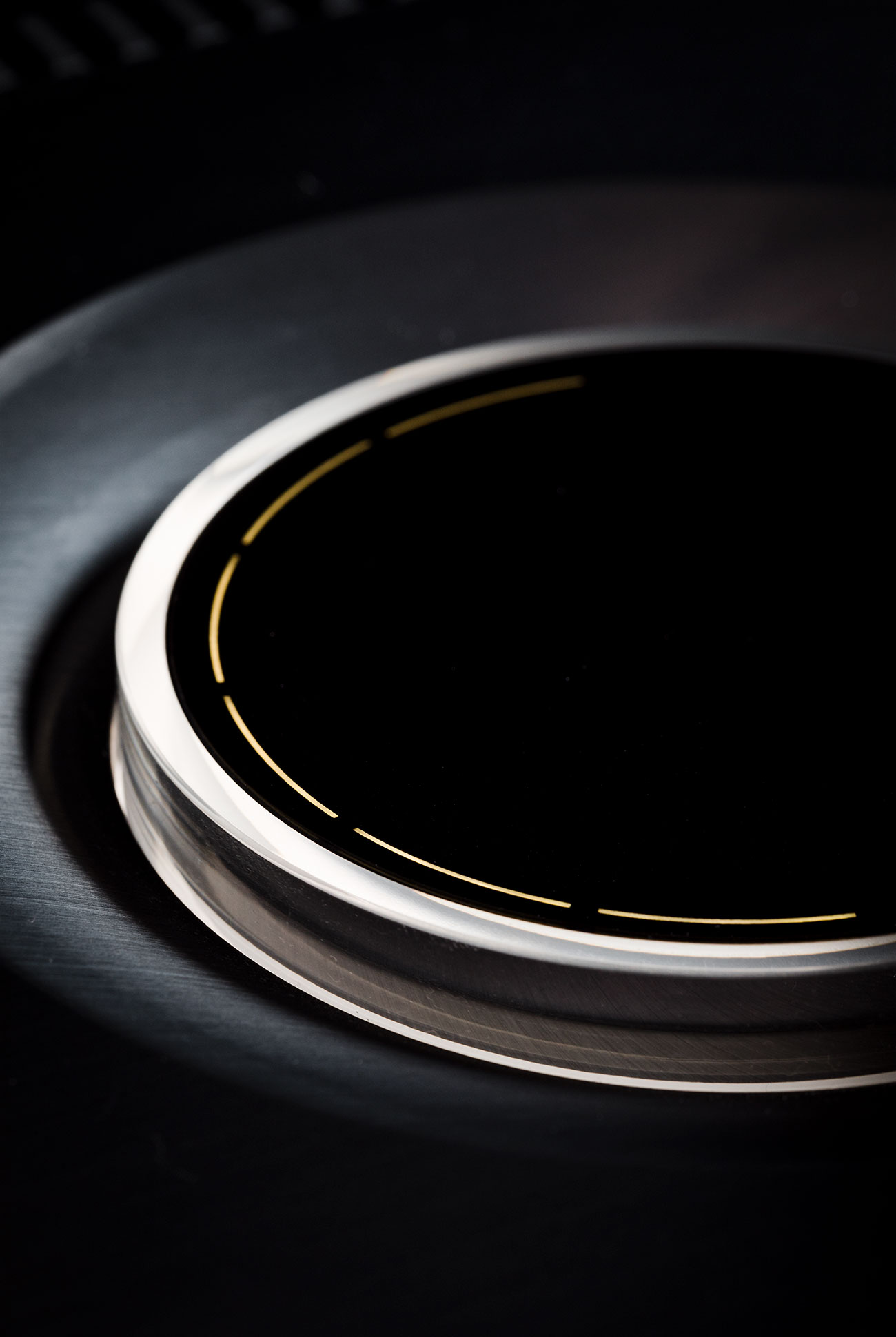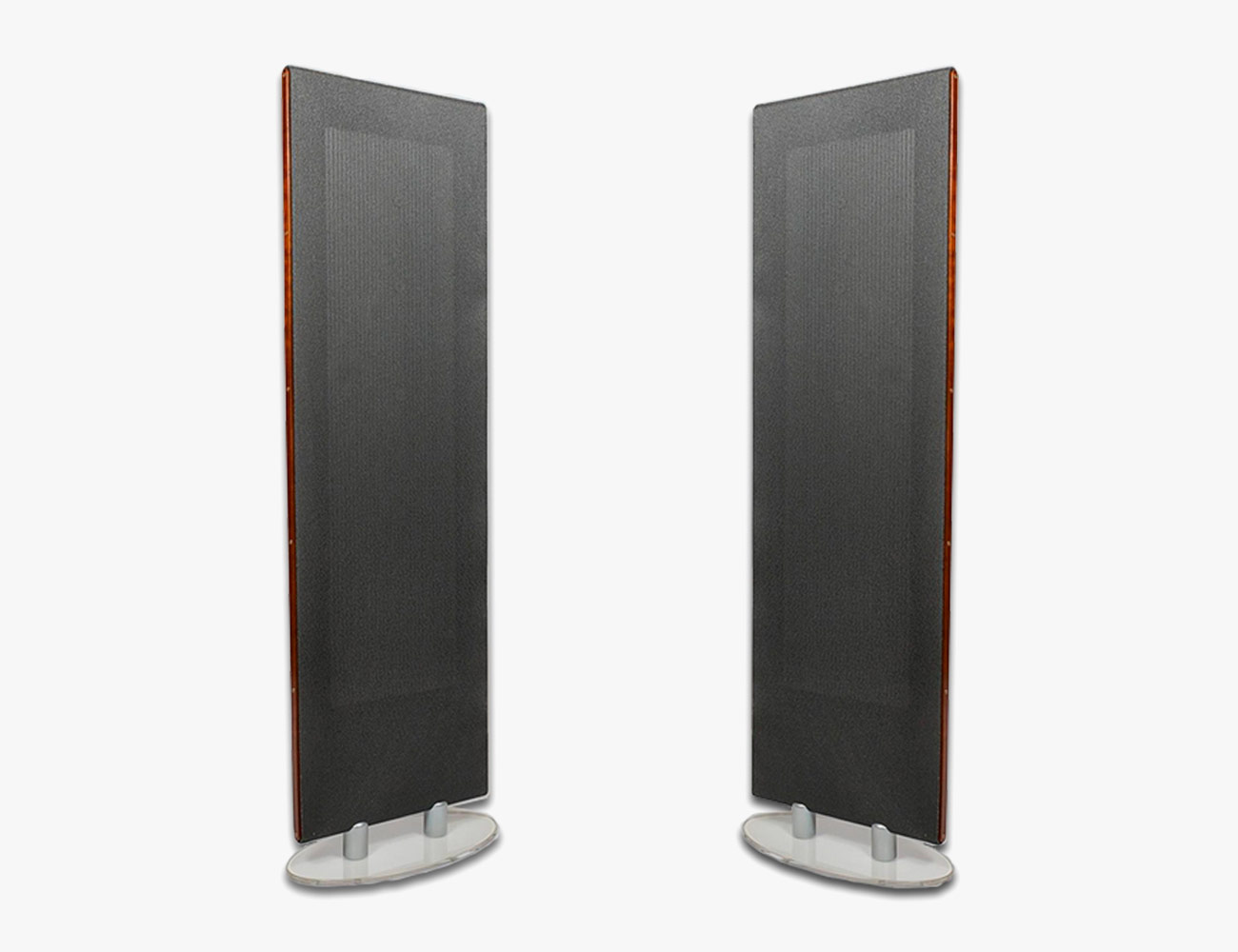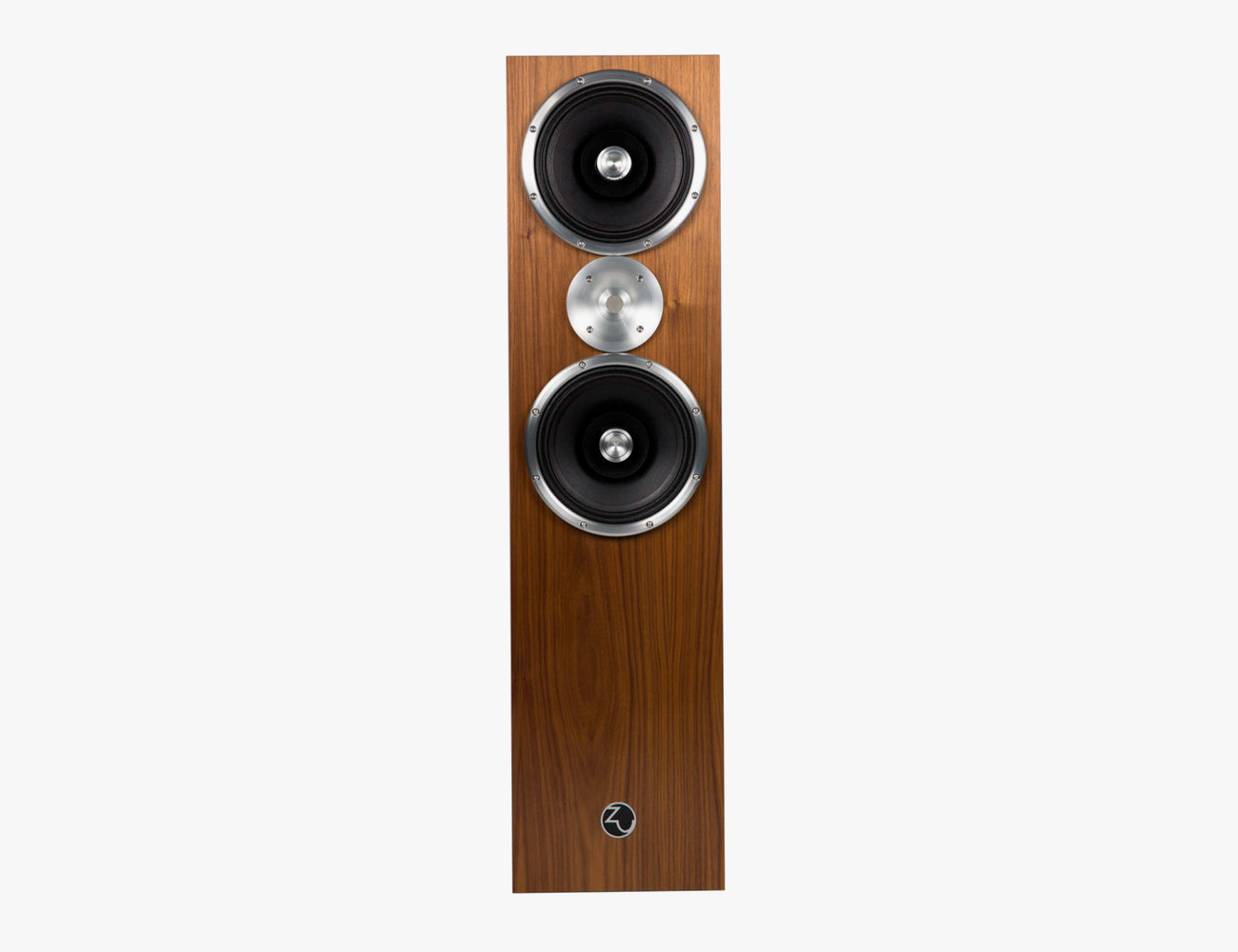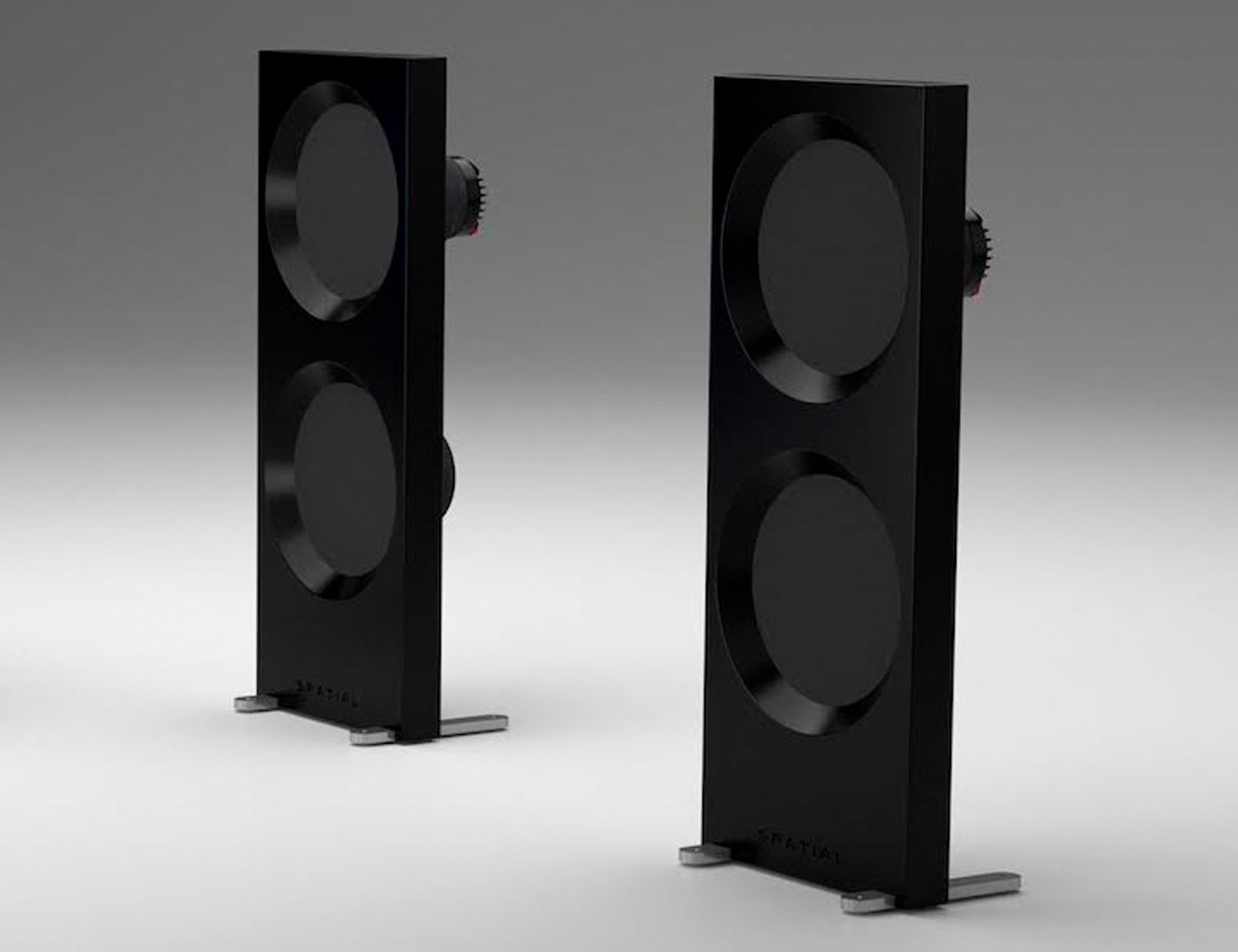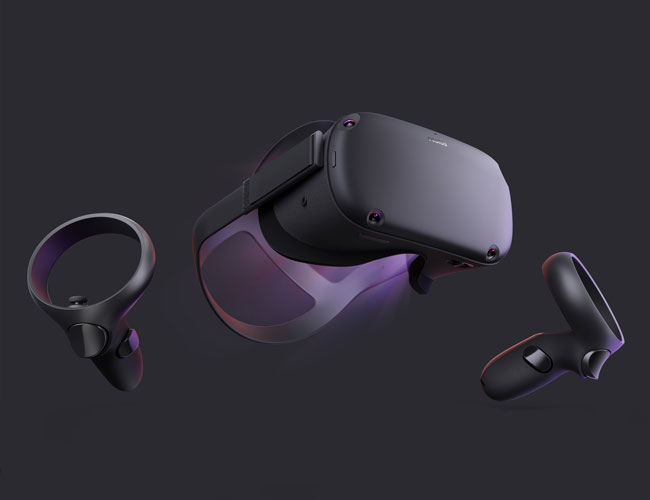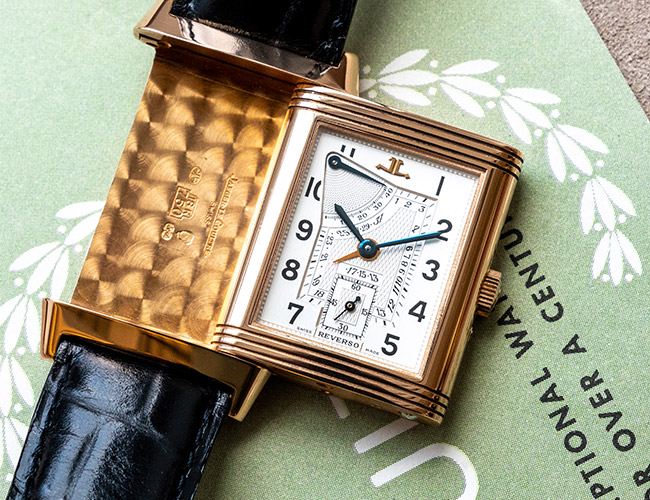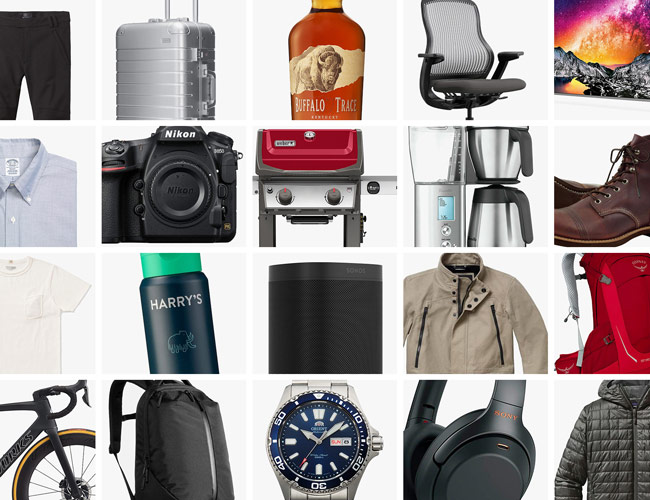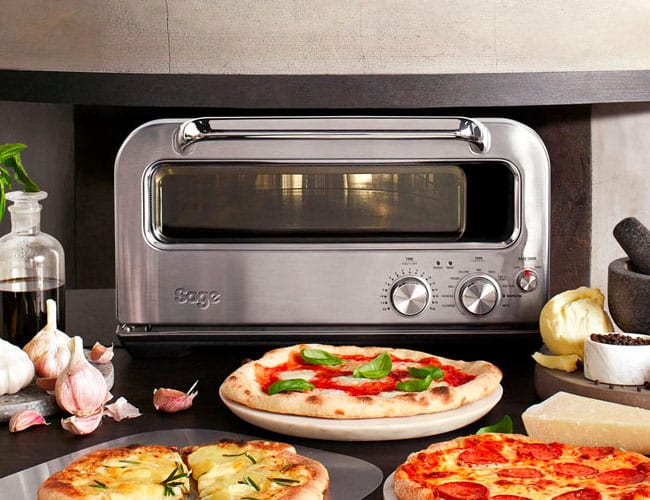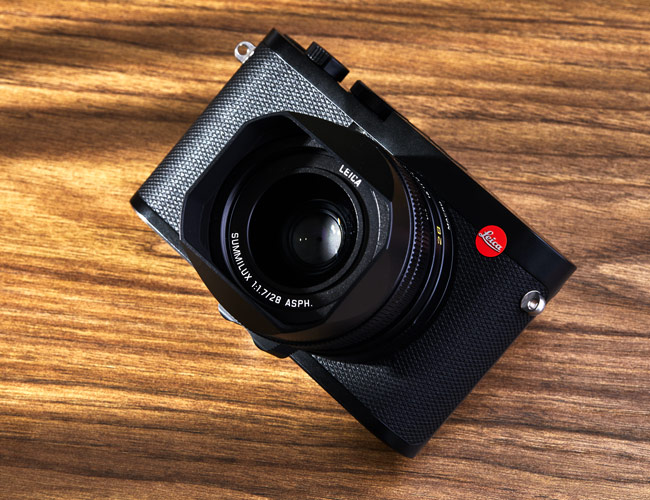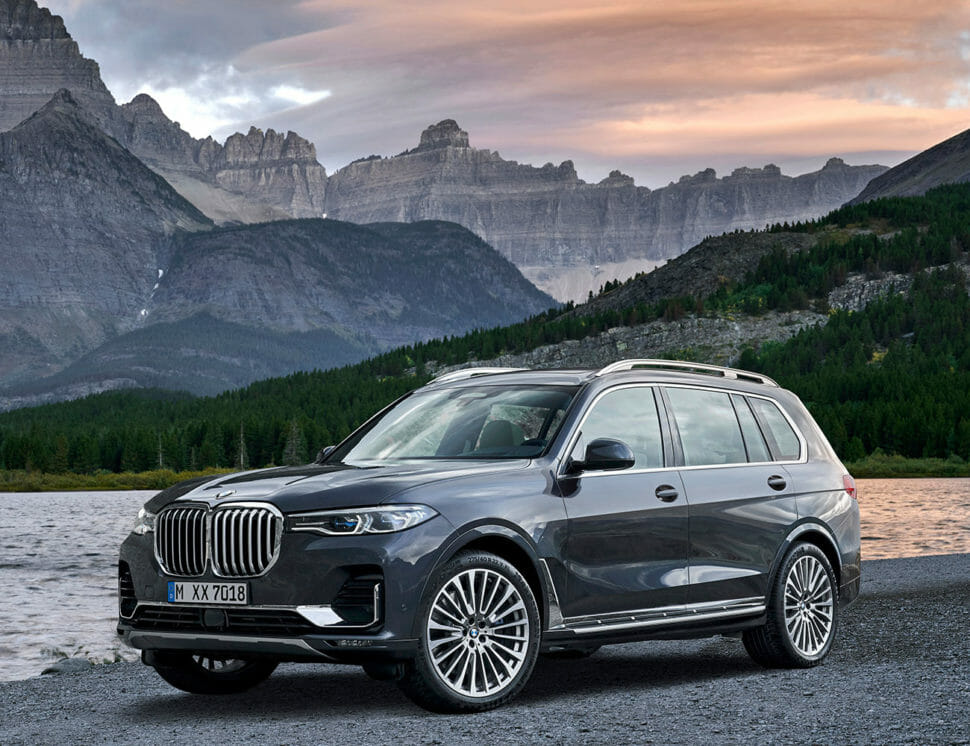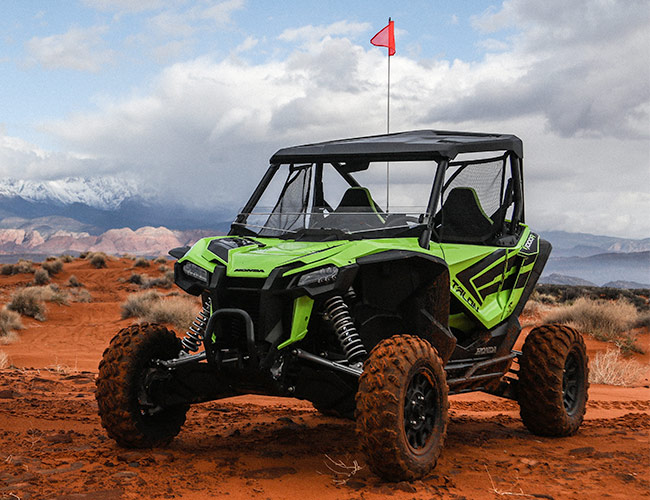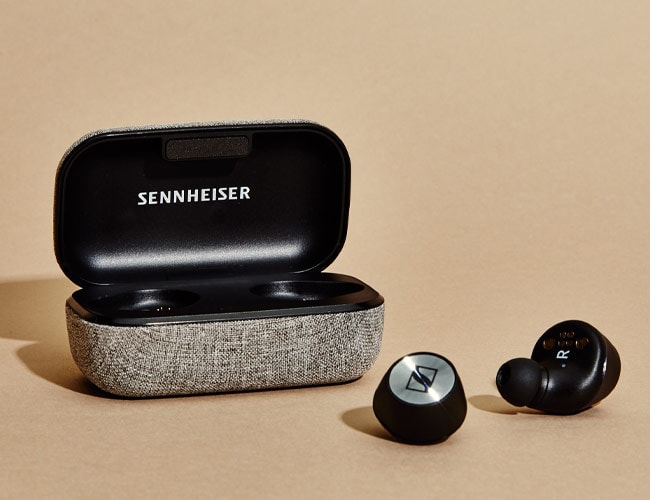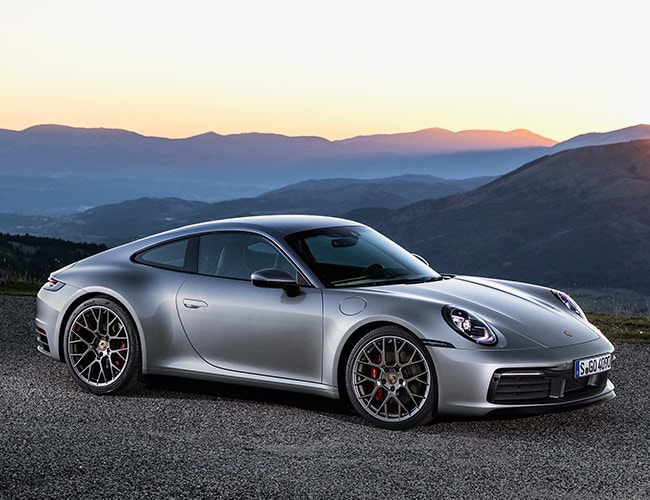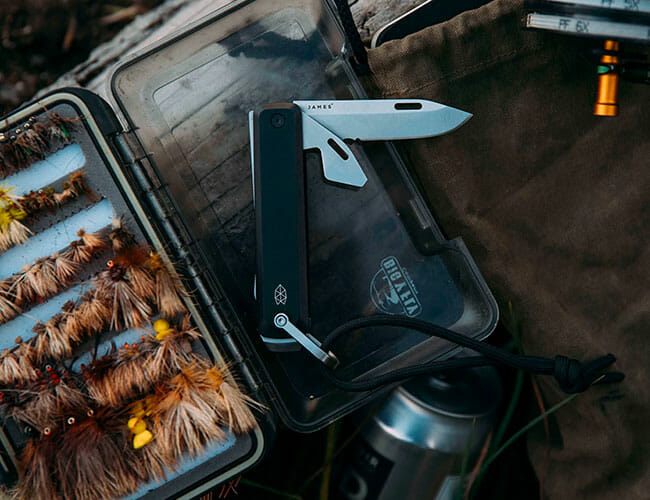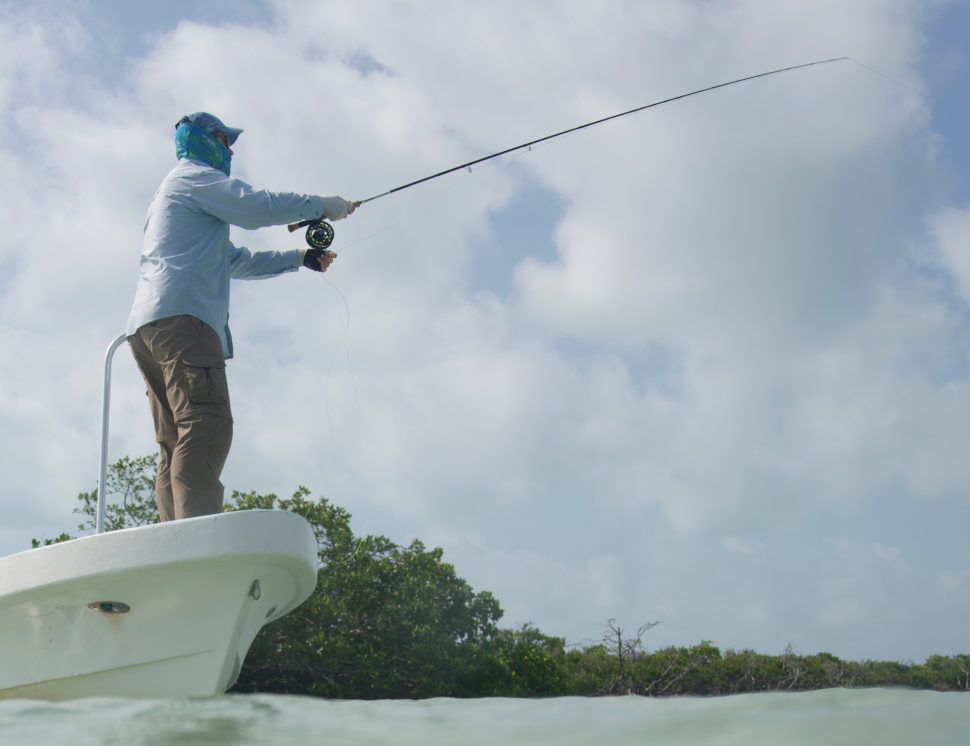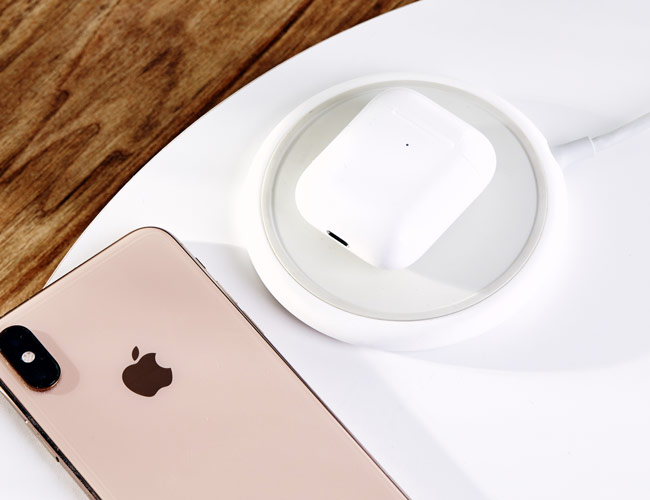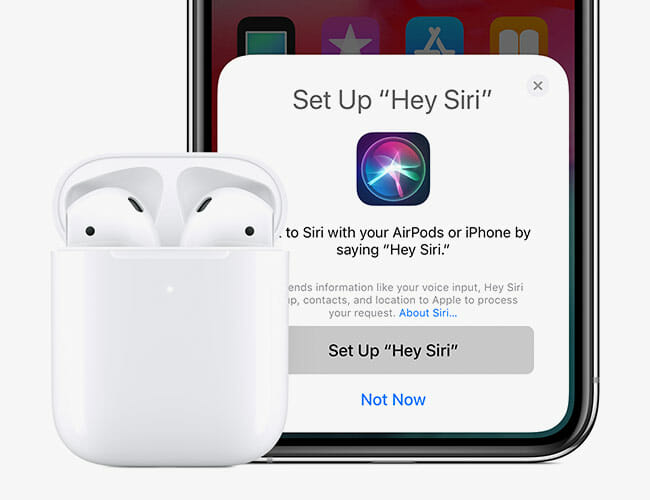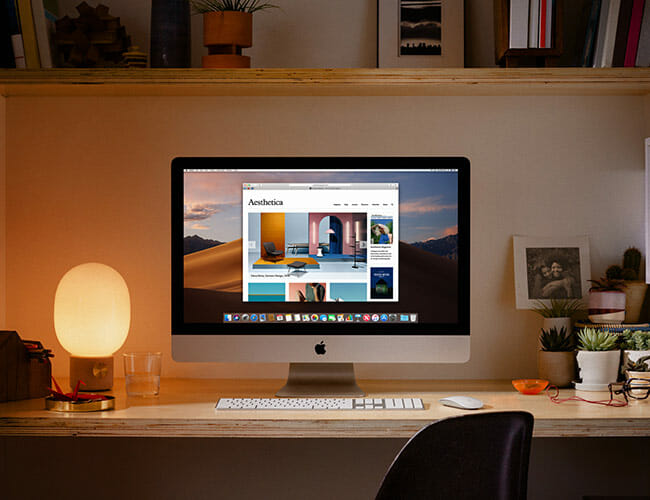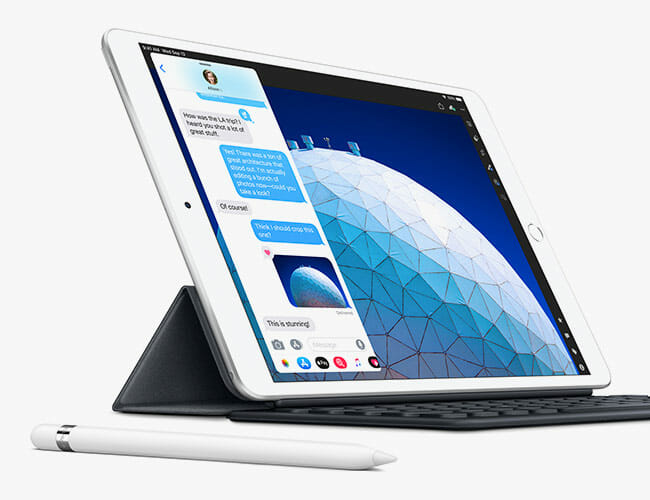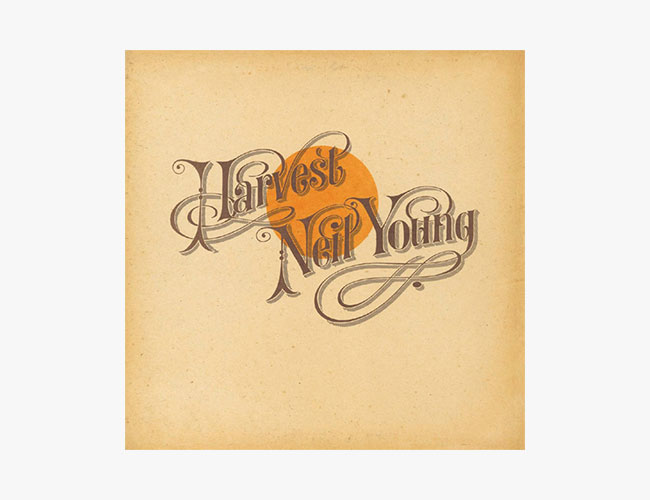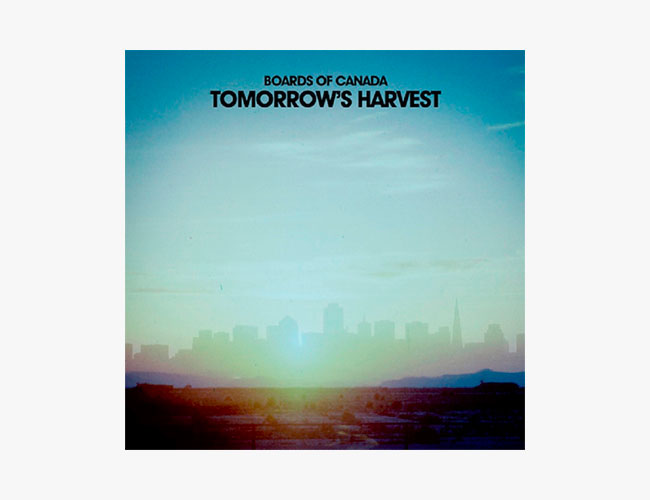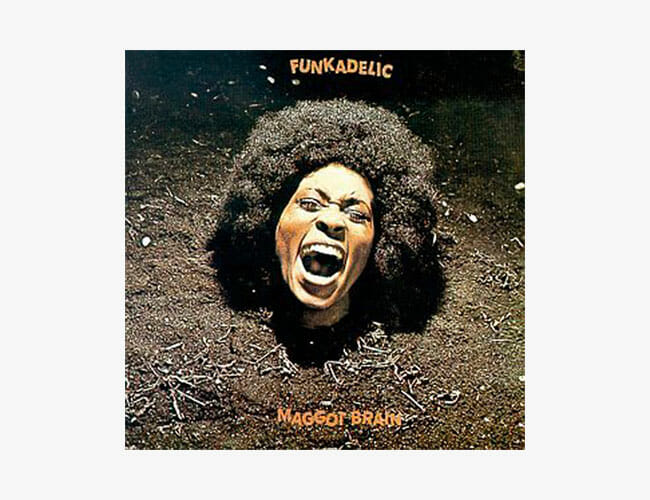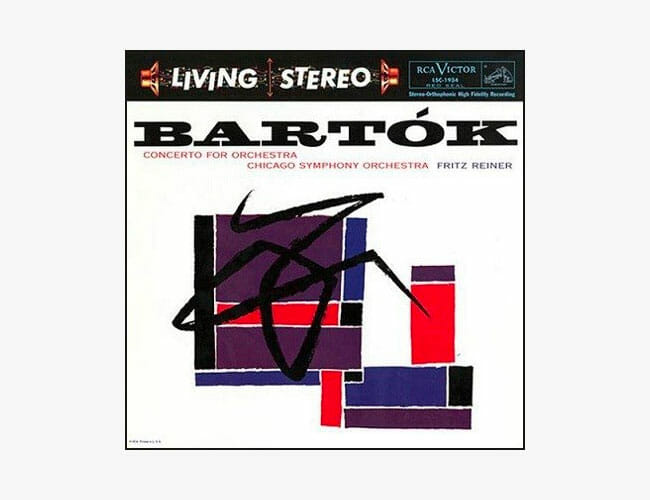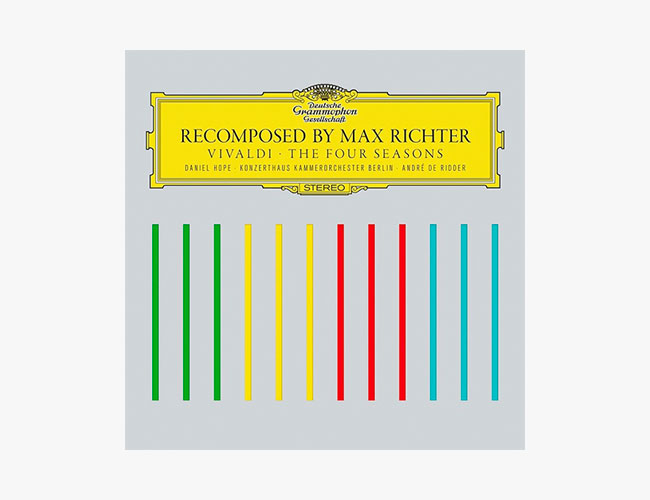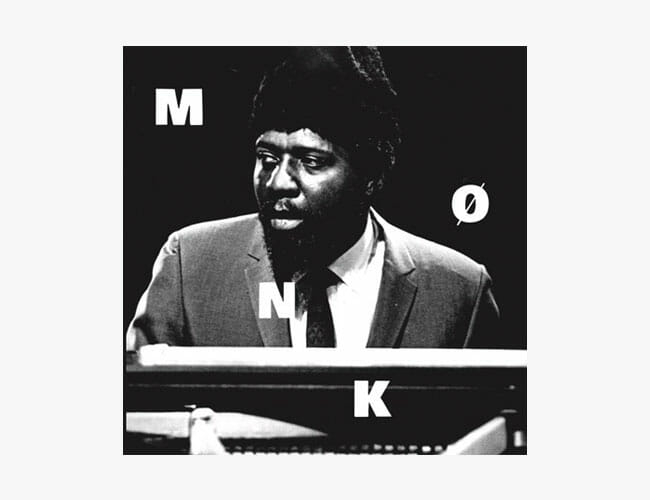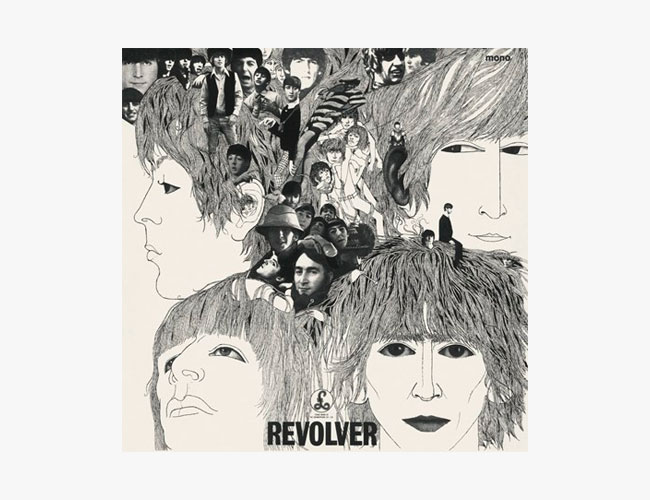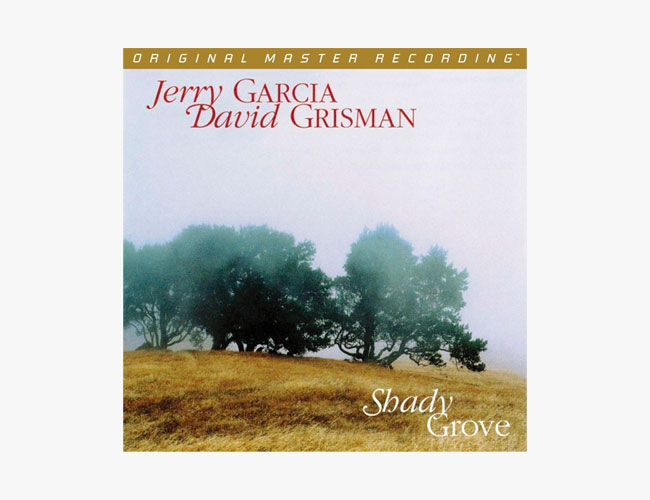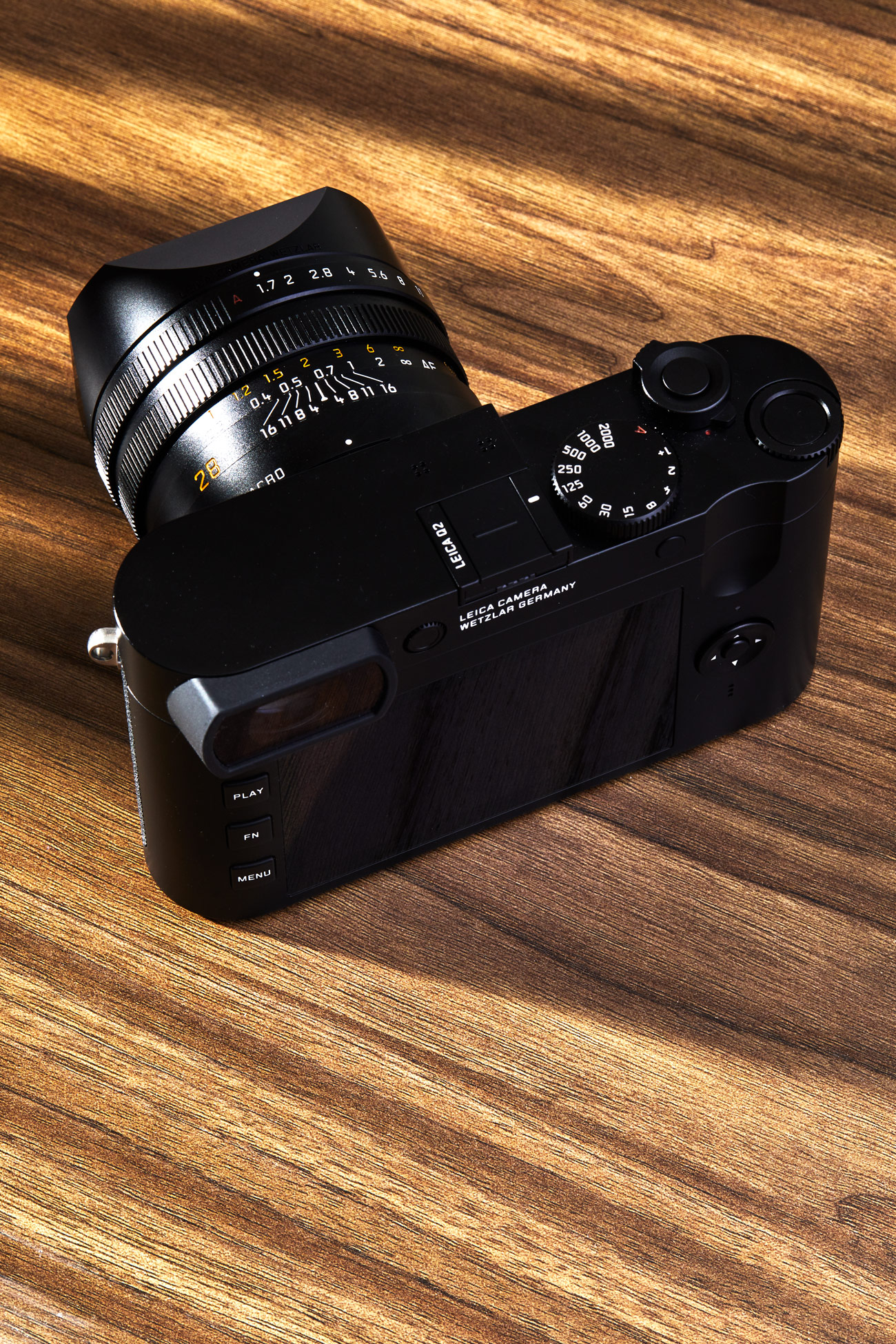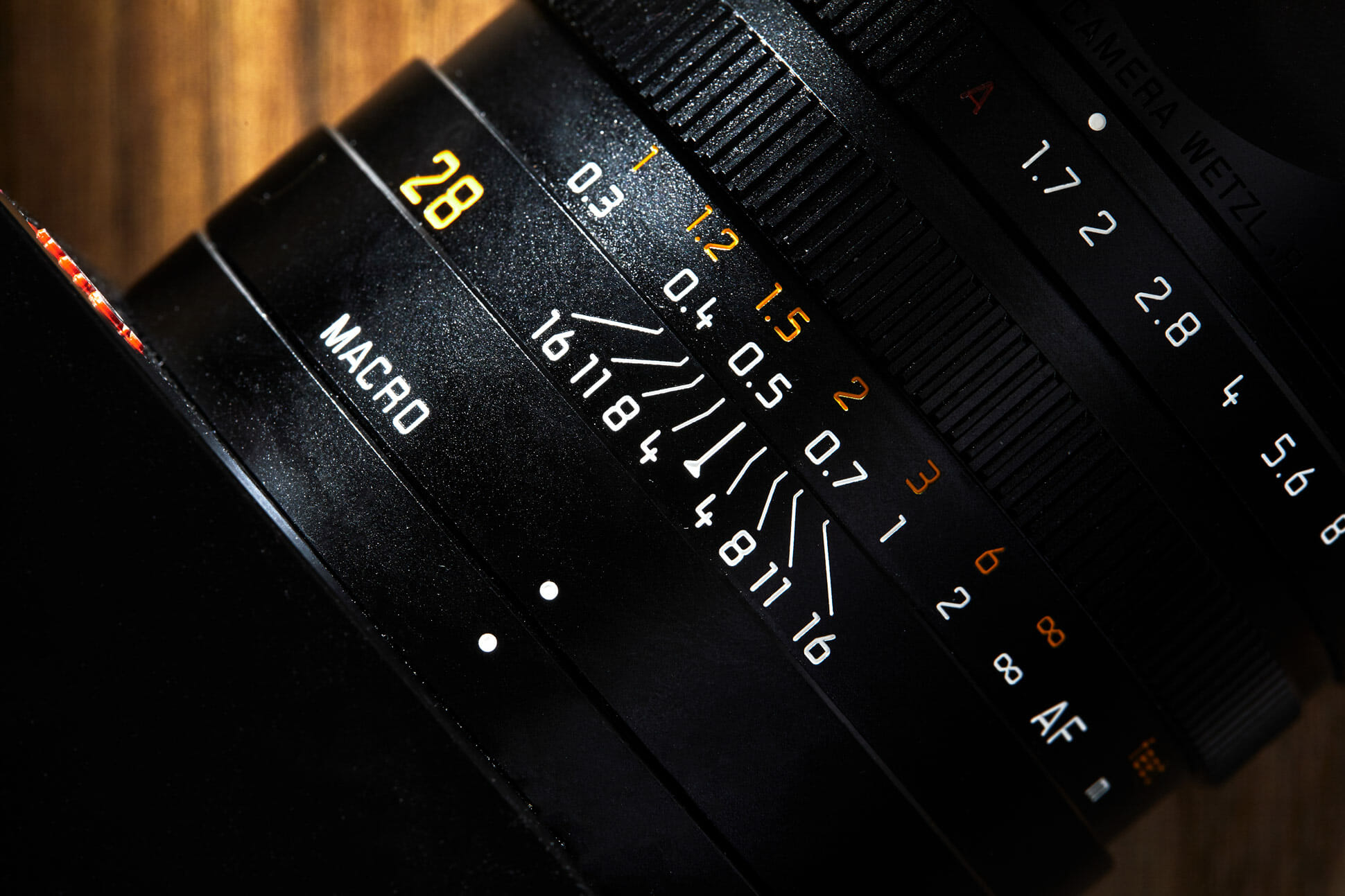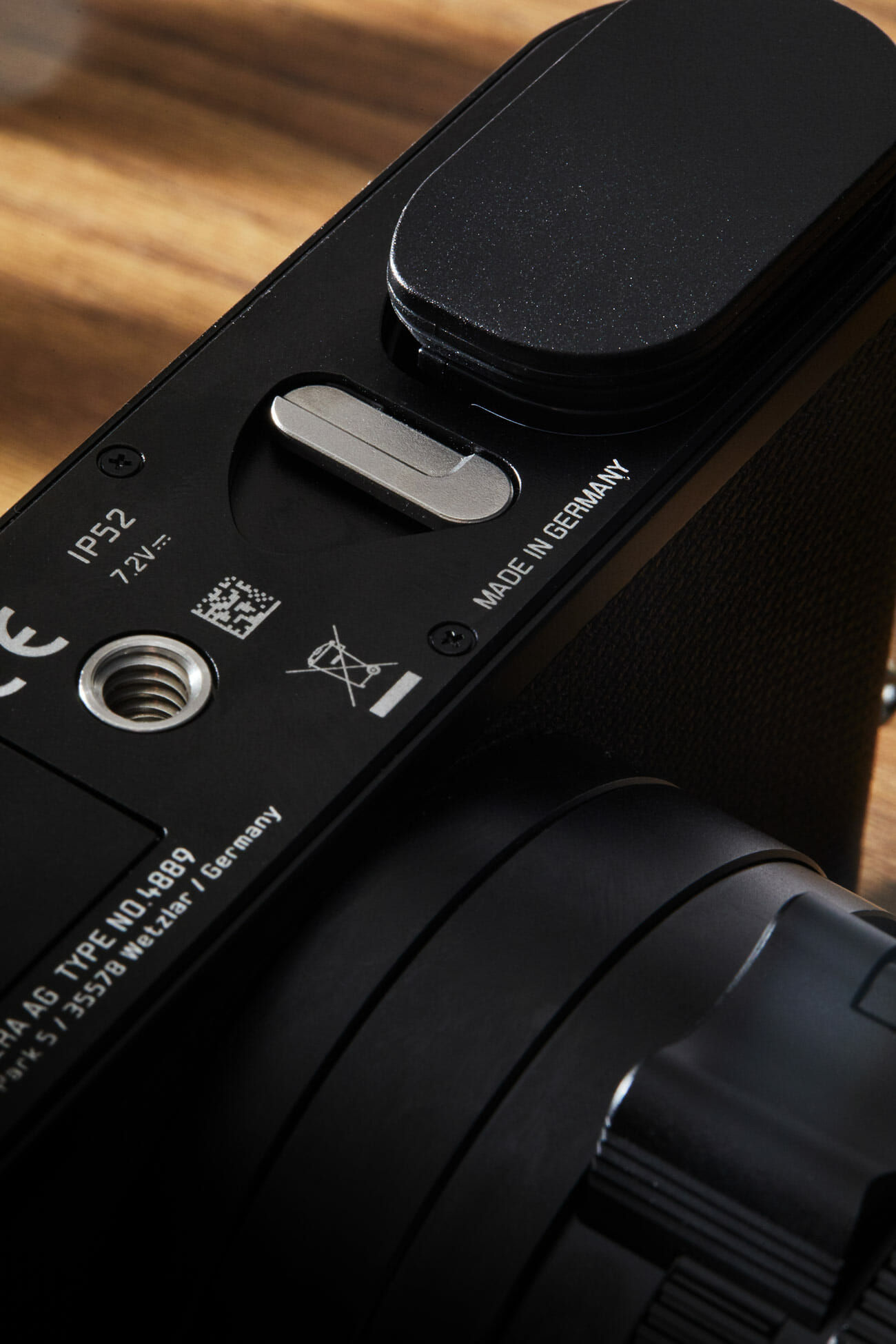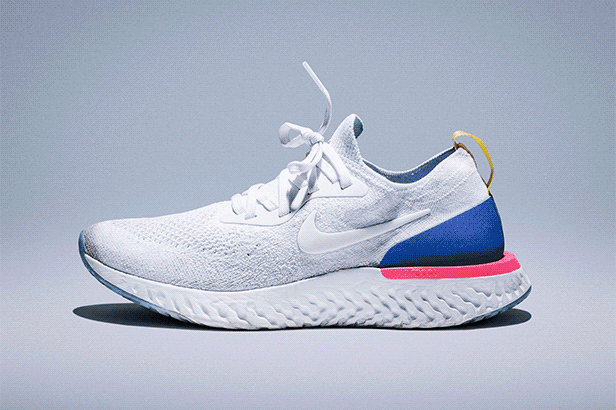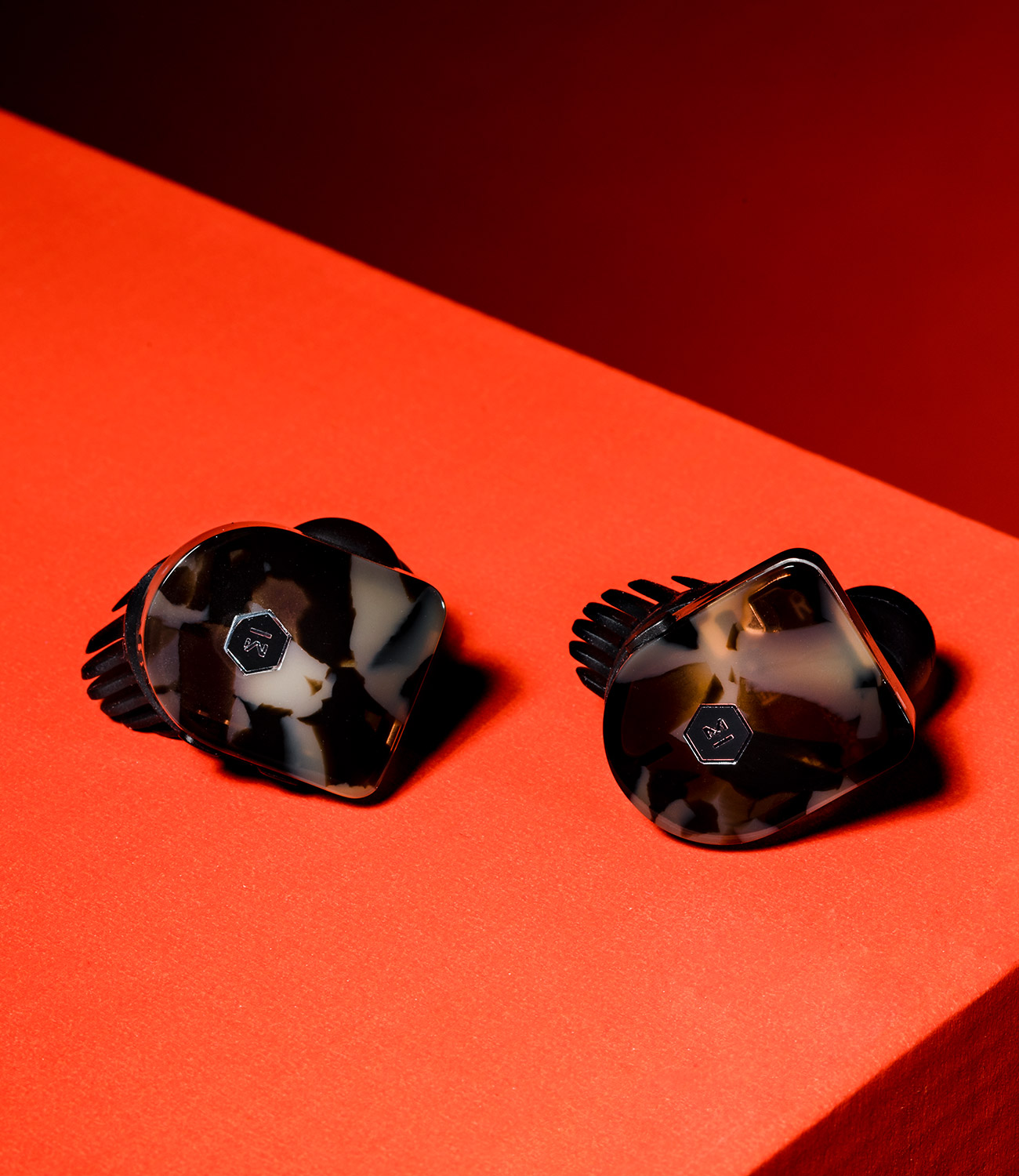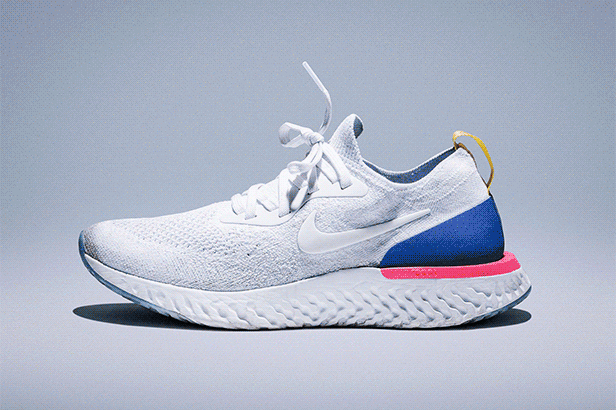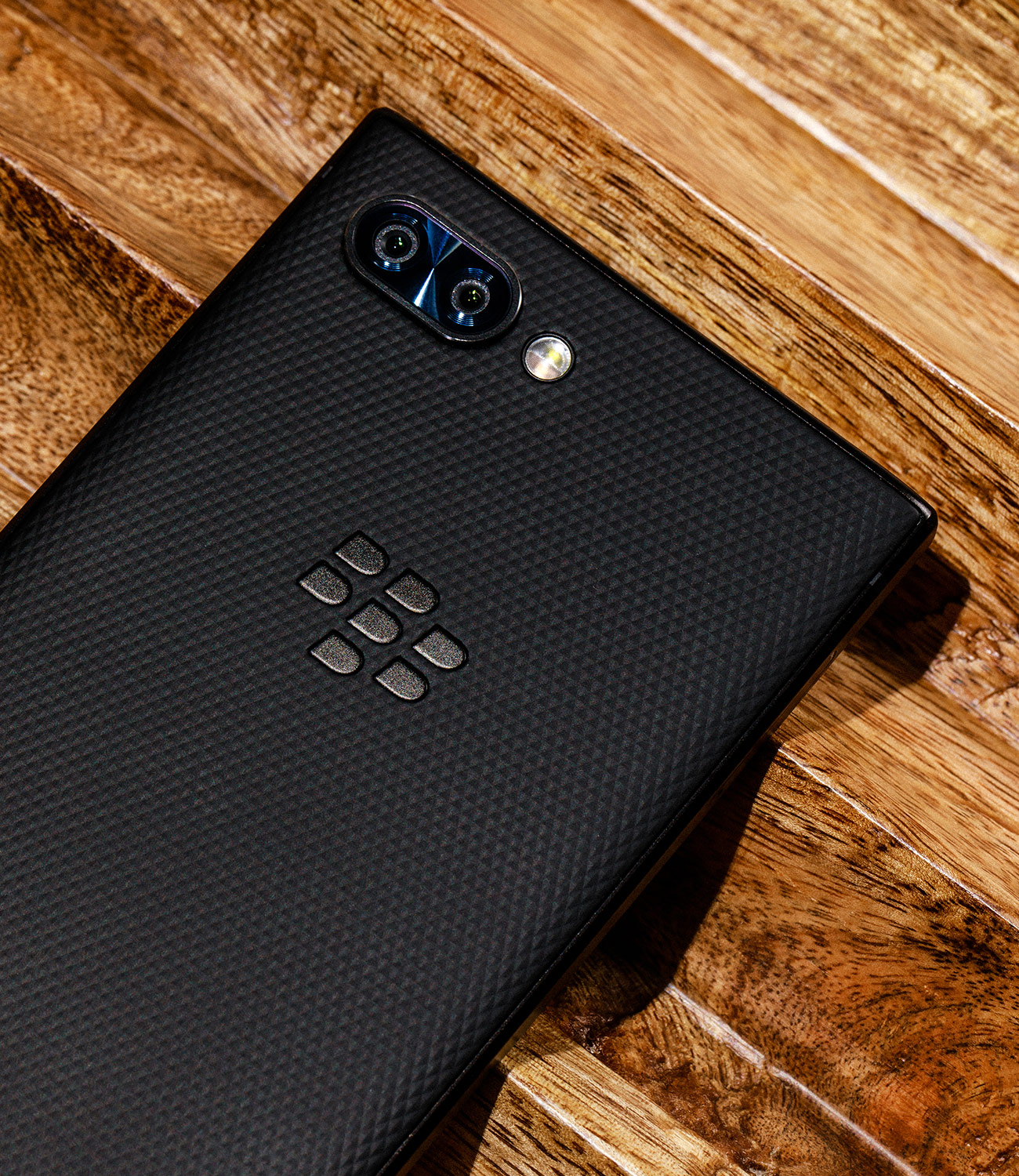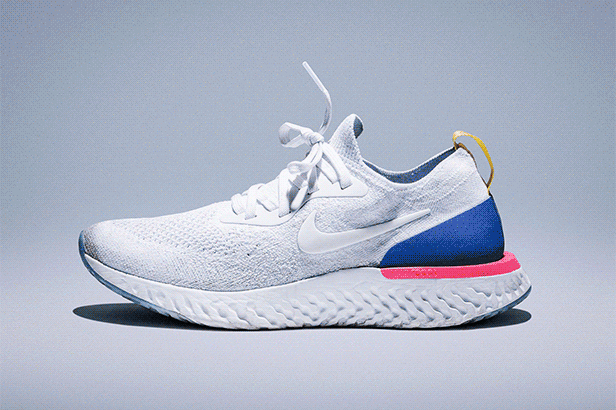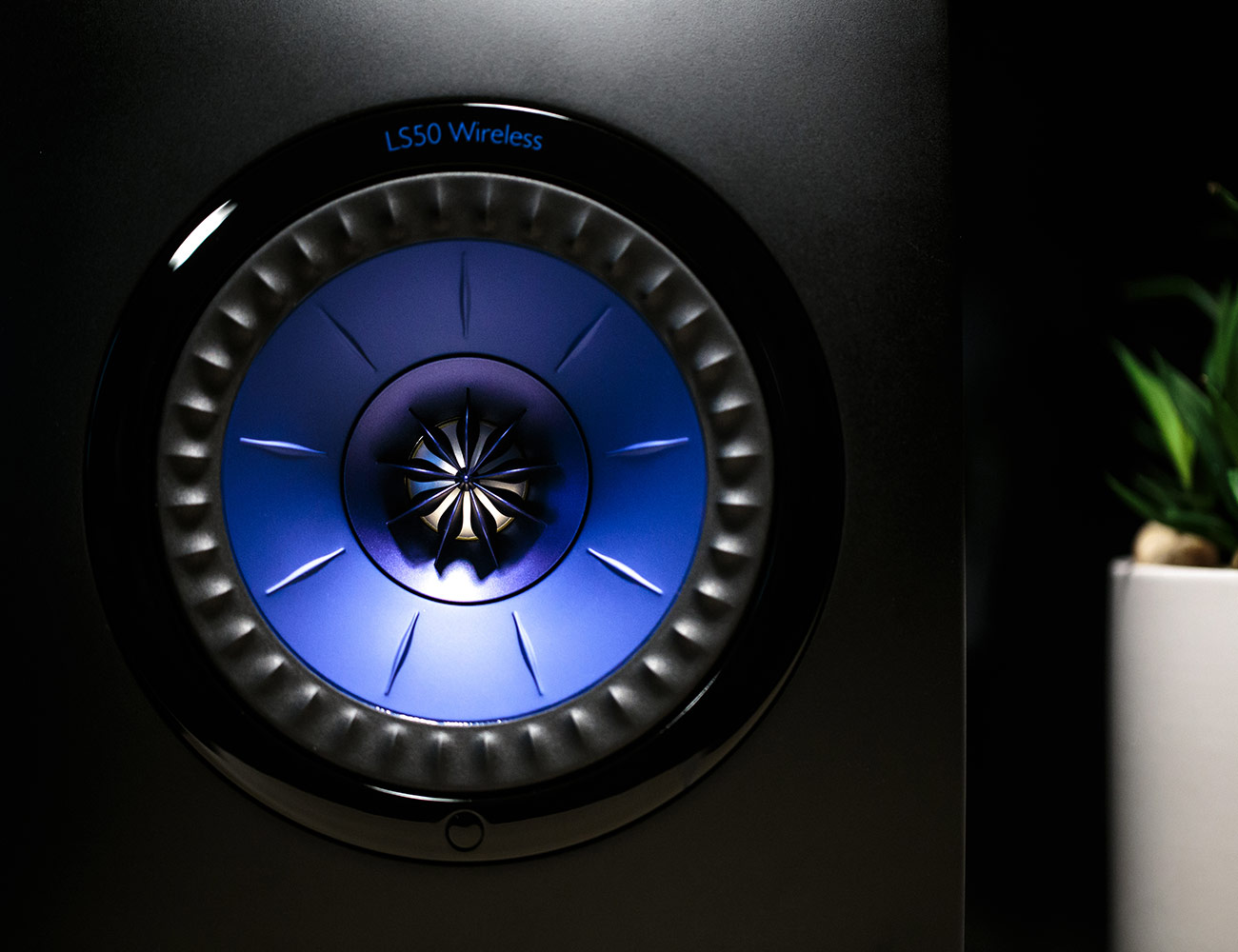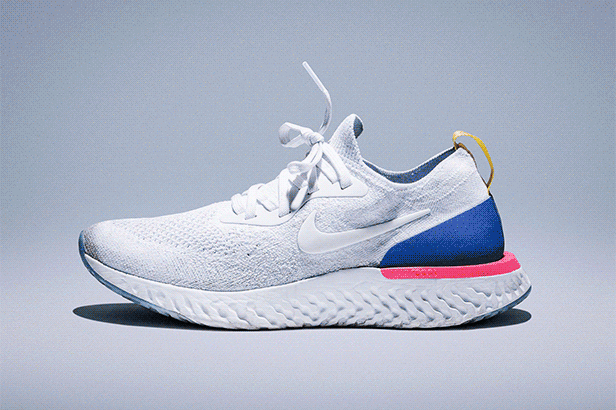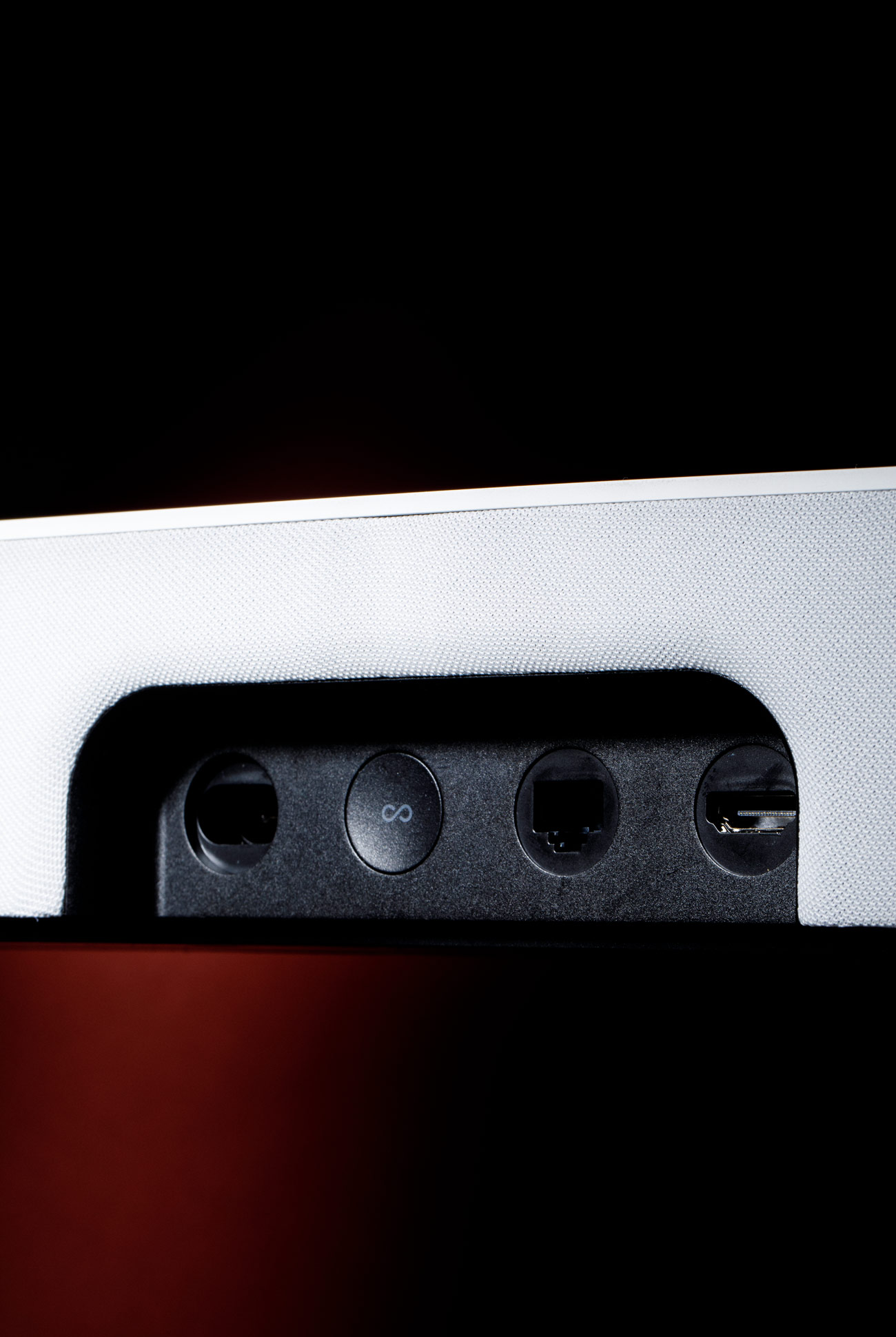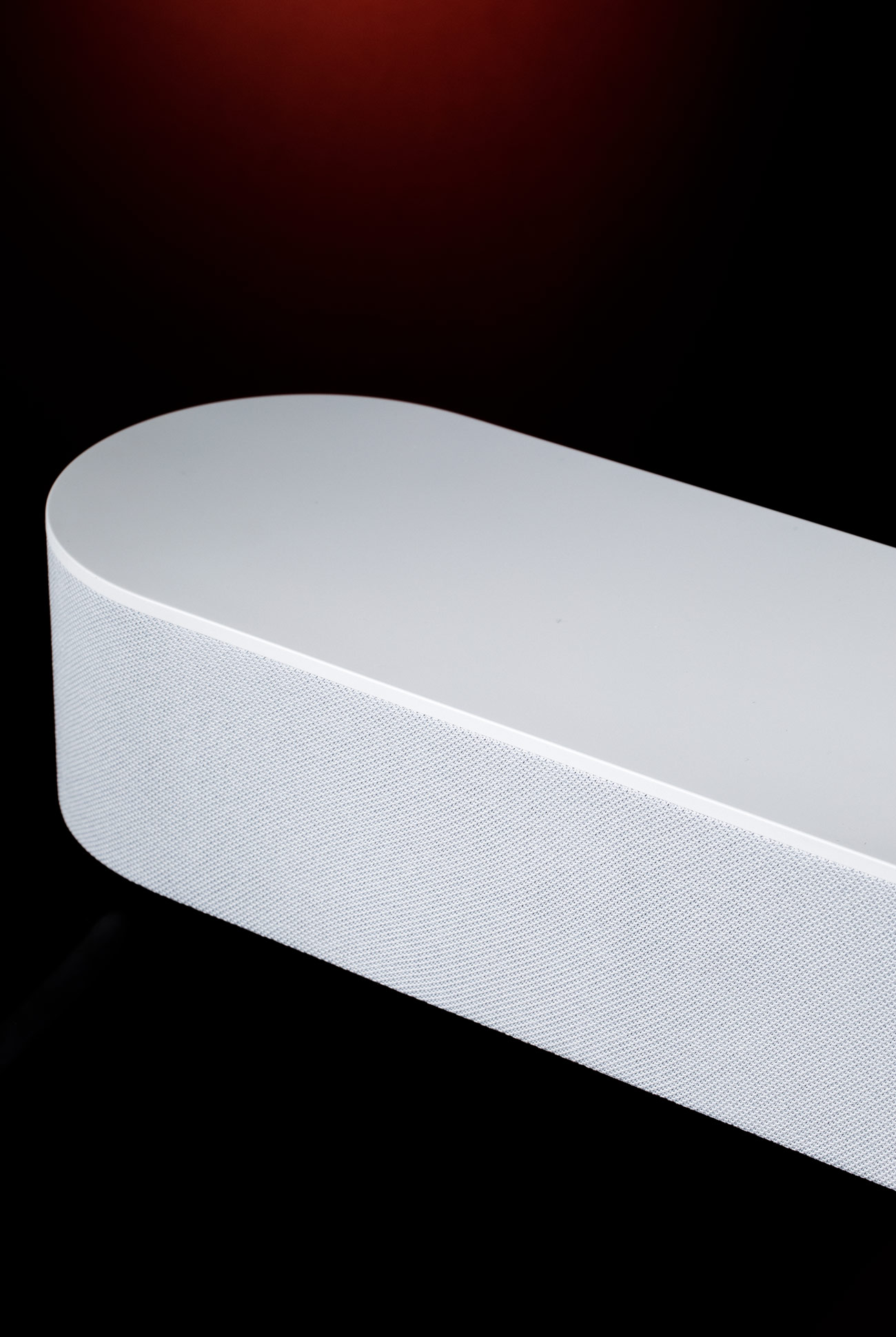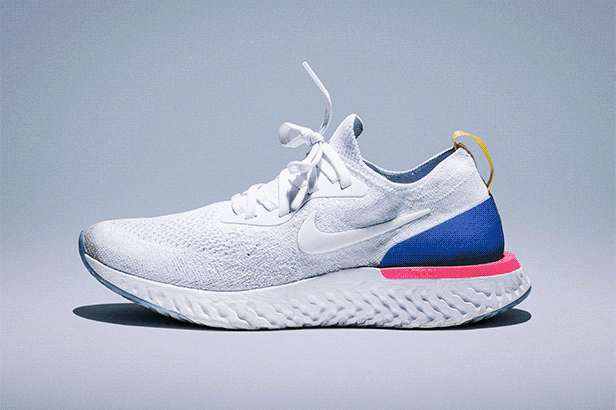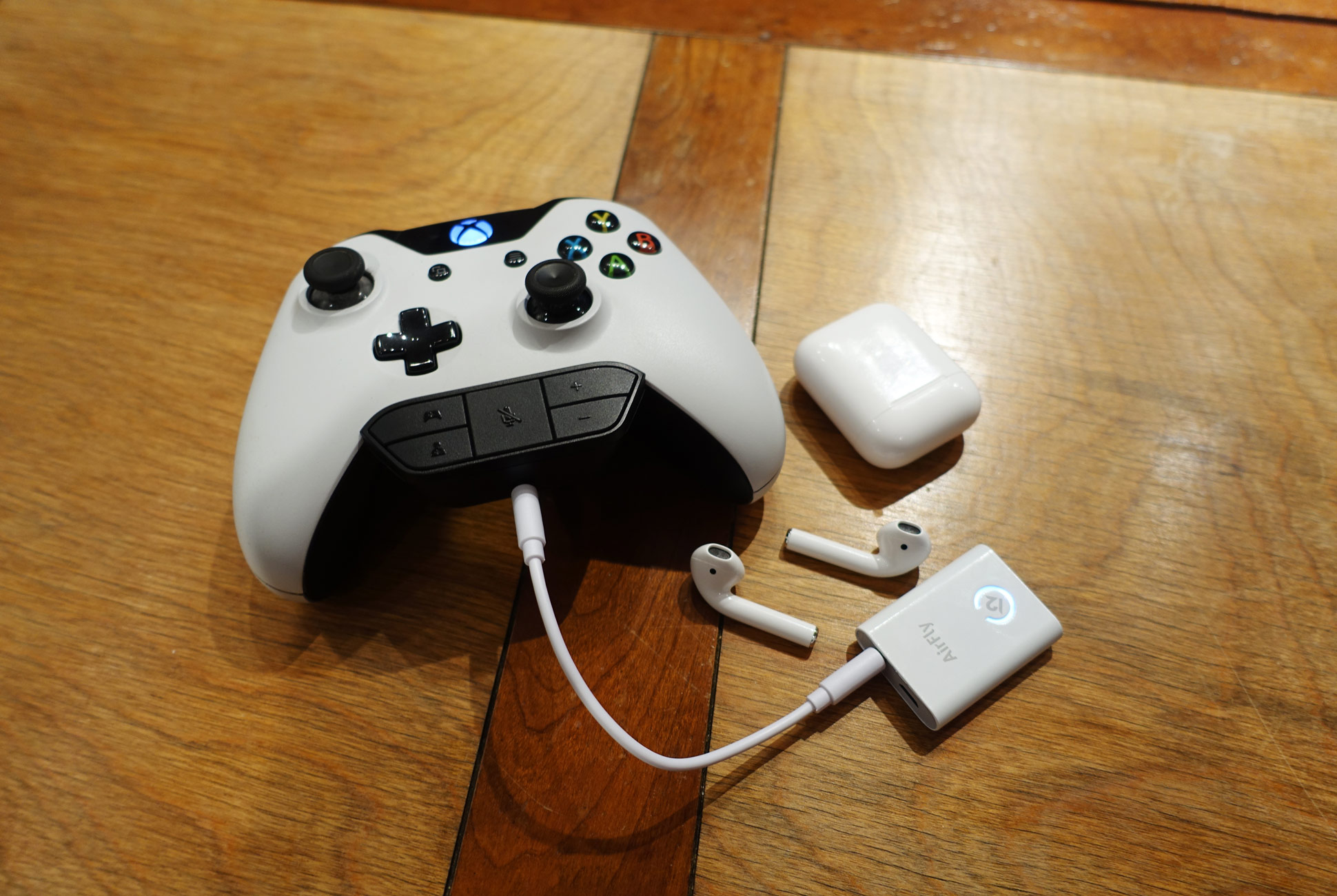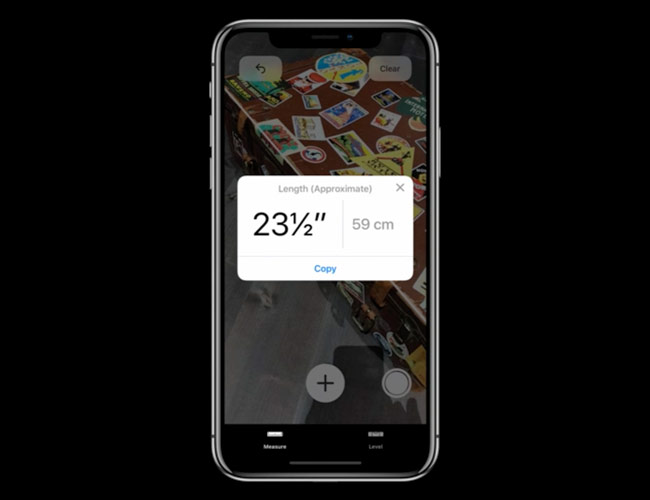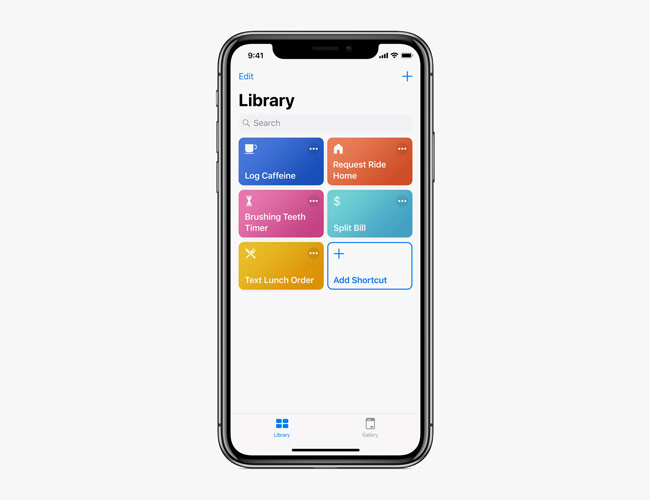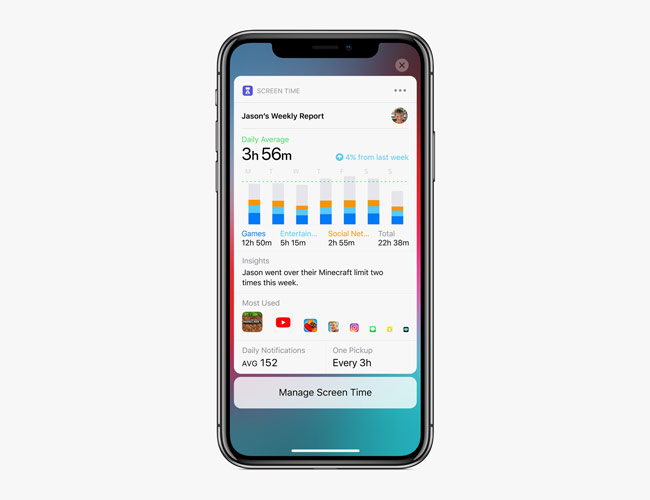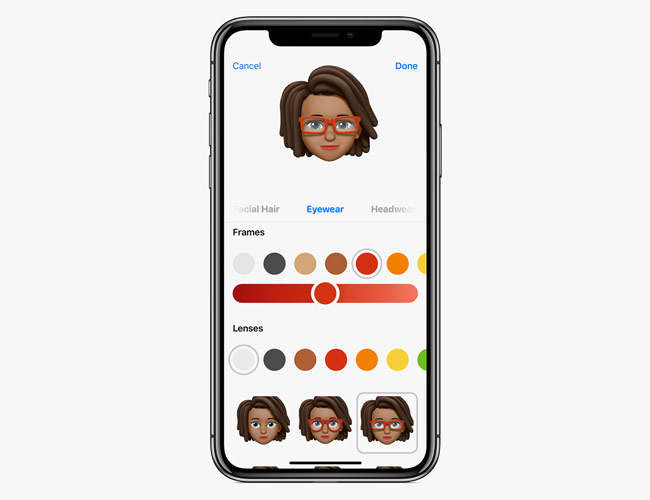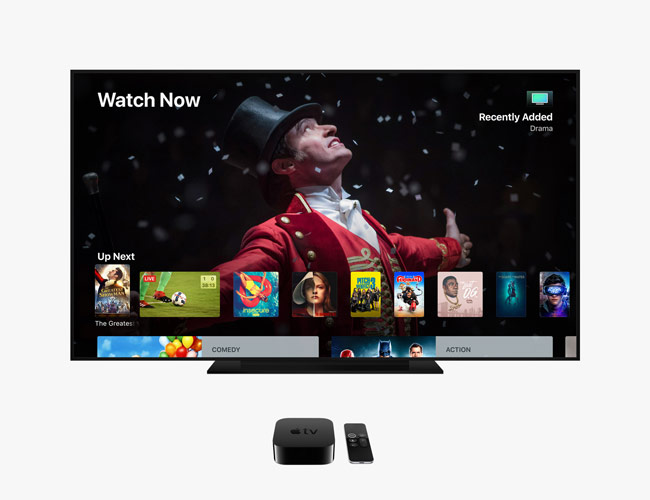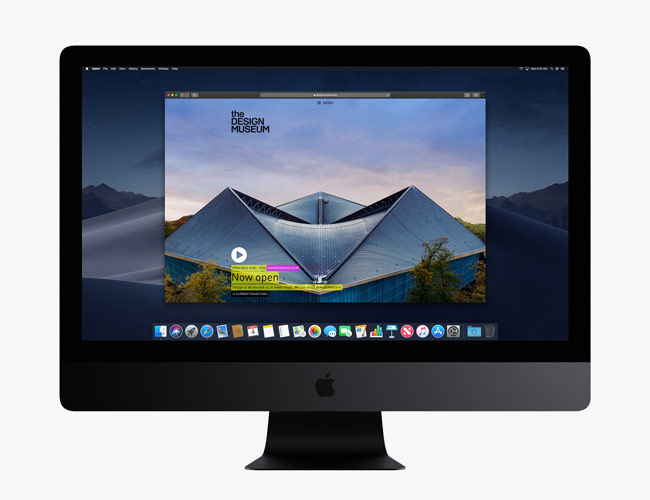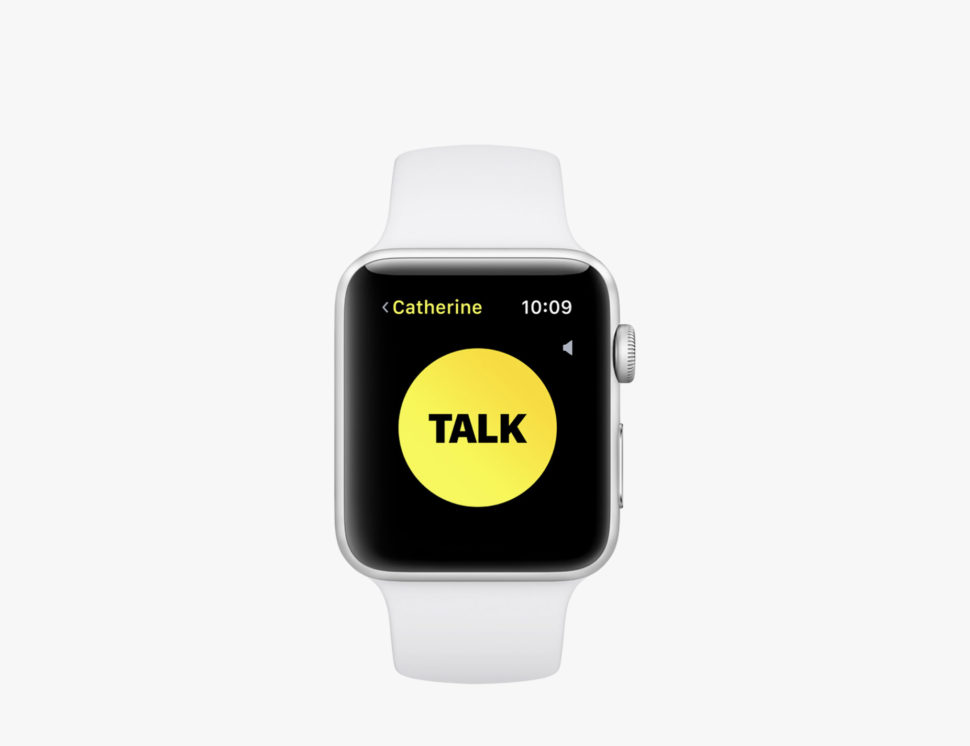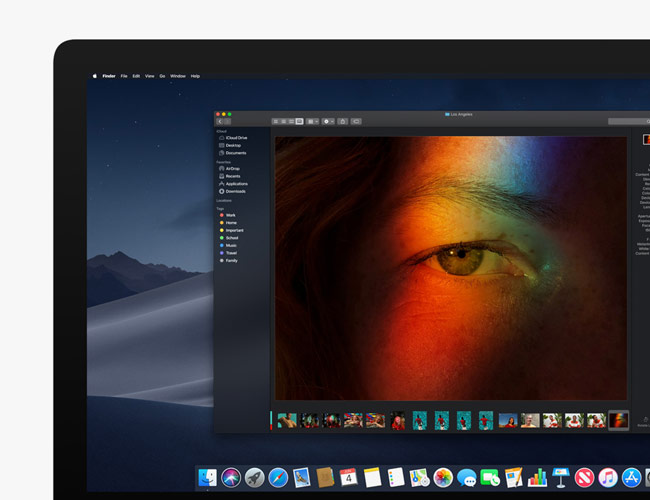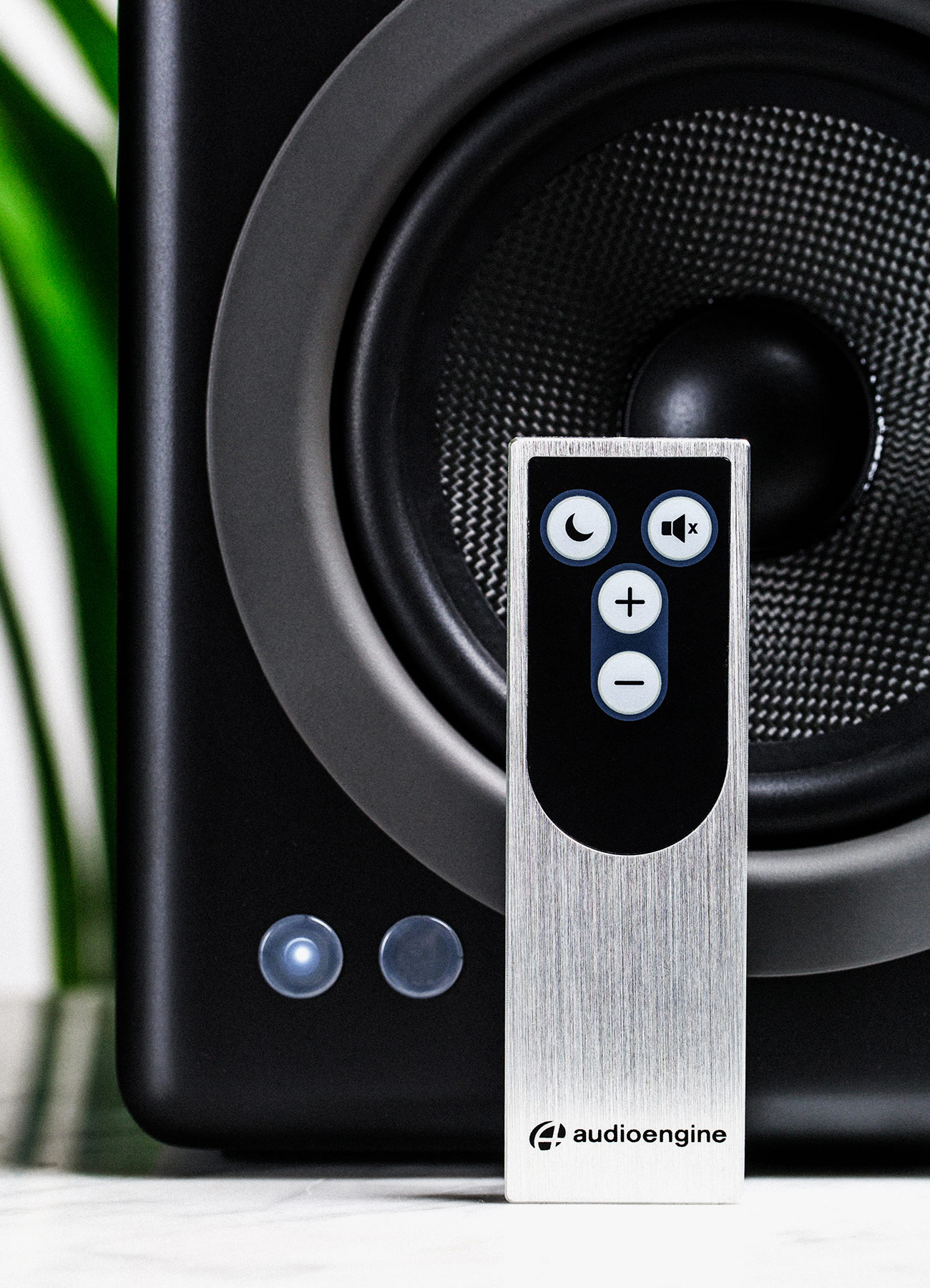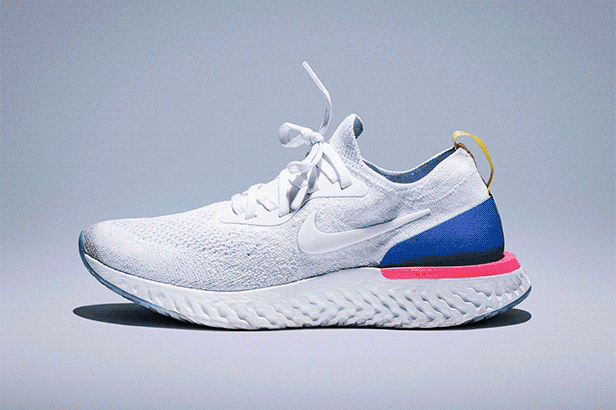This definitive guide to the best portable speakers of 2018 explores everything you need to know before buying your next portable speaker, including what features to look out for and the different options available, along with which portable speakers we feel are best for every type of person.
Prefer to skip directly to the picks? Click here.
The Short List
Best Overall Speakers: Ultimate Ears Megablast and Blast

Verdict: The UE Megablast and UE Blast are the next evolution of the best-in-class portable speakers, the UE Megaboom and UE Boom. They’re slightly larger and more powerful, but the UE Megablast and UE Blast are also the company’s first smart speakers. They support Alexa voice commands and essentially work exactly like an Amazon Echo, but they’re portable so you can take them hiking or to the park. When I originally reviewed these speakers in early 2018, my two criticisms were that they were too expensive and didn’t support Alexa voice commands with Spotify — both of the problems have now been rectified; UE has significantly dropped the price of each speaker and updated its software to support Spotify. | |
Runner Up: Bose SoundLink Revolve Plus

Verdict: The Bose SoundLink Revolve Plus is the company’s first 360-degree Bluetooth speaker. It’s loud and powerful, and the audio is accurate and spacious; it’s engineered with dual-opposing passive-radiators and an efficient transducer to eliminate distortion. It’s not the most rugged speaker on this list, but it’s still splash-resistant. And it’s simple design and easily-defined buttons make this traditional Bluetooth speaker very intuitive to use. It also has a built-in mic so you can answer calls without having to take out your phone — super convenient. For anybody who loves Bose, the SoundLink Revolve Plus is an easy next buy. (Even if it does look like a lantern.) |
Best Budget Speaker: Anker Soundcore Flare

Verdict: The Soundcore Flare is new and small portable speaker that produces suprisingly great, room-filling sound. Throw in the fact that in only costs $60, and this is an excellent portable speaker for pretty much anybody. It’s extremely waterproof and has a dedicated button on the outside to boost its bass, in case you like more bass-heavy audio. Additionally, through Anker’s Soundcore app you can tweak the EQ setttings and customize the LED lights that flash on the outside of the speaker.
Introduction
When I was younger, I remember having a dependable portable speaker was everything. It provided the soundtrack to backyard barbecues, pool parties, sports practices and pickup games. Then in my nefarious high school years, it was one of three weekend essentials that we divvied up between our friends — somebody brought the beer, somebody brought the cups and balls, and somebody brought the tunes. It was great.
Today, having a dependable portable speaker is still super important, even if seems like there are so many more types of speakers to choose between, from smart speakers to bookshelf speakers, multi-room speakers to multi-channel hi-fi systems. One of the main reasons is that all those speakers need to be tethered to a wall outlet, which is boring and not conducive to a life on the move. Also, many of our favorite portable speakers have no problem operating in the sun or rain and have long-lasting batteries, which makes them ideal companions for camping, hiking or just picnicking at some park.
The cream of the latest crop of rugged portable speakers — meaning they’re water-resistant and can handle a drop — don’t necessarily look the rugged part, but looks are far from everything. Many of these models are rated IP7, which means they can handle more than just splashes, smashes, snow and sand; instead, they can be submerged in water 3.3 feet deep for up to 30 minutes. That’s not bad for speakers that might look as nice on your bookshelf as they do on the edge of the hot tub.
The Factors to Consider Before Buying
When setting out to buy a portable speaker, there are almost too many to choose from. They come in all different shapes and sizes, with different sound qualities and price points. Also, they also come with many different features. Here’s what you need to look for to make sure a speaker is right for you.
• Brand: You’ve probably heard of all the speaker manufacturers on this list, which is a good thing. You want to trust that speaker is not only going to sound good but also last. The other thing with brand, is that many portable speakers on this list work with other like-branded speakers; for instance, you can pair two Bose Soundlink speakers together or two of Kicker’s Bullfrog speakers together for more of a party (or multiroom) setup.
• Size and Shape: Portable speakers come in all different shapes and sizes, and generally the bigger the speaker, the louder and better it is going to sound. You also want to consider the shape and design of the speaker. The two most popular shapes these days are 360-degree (cylindrical) or monodirectional speakers. The 360-degree speakers are generally better when placed in the middle of a room while monodirectional are better for stereo audio.
• Ruggedness: All rugged speakers aren’t the same. And in order to know how water-resistant or drop-proof a speaker is, you really need to understand IP (Ingress Protection) ratings. The easy way to explain it is that the higher the IP rating of the speaker, the more water-resistant it is — an IP7-rated speaker is more durable than an IP4-rated speaker. You can check out how the IP ratings are explained, here.
• Features: Some of today’s portable speakers are more versatile and feature-packed than others. For instance, some speakers like Ultimate Ears’ Megablast and Blast can actually connect to wi-fi and function like an Amazon Echo. Others can pair with other like-minded speakers in a stereo setup. Some have built-in microphones so you can use it as a loudspeaker without having to pick up your phone. And then some have controllable LED lights. Depending on how you want to use the speaker and if you want to deal with a companion app — these are all factors you have to consider.
• Voice Assistance: Some of the newer portable speakers have wi-fi connectivity and support a voice assistant, such as Amazon’s Alexa or Google Assistant. This allows you to use speaker similar to an Amazon Echo or Google Home, using voice commands to request songs, answer general queries and control smart home devices. However, you’ll only be able to access the voice assistant when connected to wi-fi or a mobile hotspot.
• Battery Life: Bigger speakers tend to have larger and longer-lasting batteries. That said, it varies from speaker to speaker. If you know you’re going to listen to the speaker a lot and you’re also going to have to go days between charges, these are things you should consider before purchasing a portable speaker.
• Charge: Most of today’s portable speakers need a micro-USB cable to charge. However, there are some speakers that require a USB-C or AC cable to charge. Knowing what kind of cable might seem like a small thing, but it’s actually really convenient to be able to use the same cables to charge a few of your devices, like wireless headphones, smartphone and computer.
Buying Guide
Best Overall Speakers: Ultimate Ears Megablast and Blast

Verdict: The UE Megablast and UE Blast are the next evolution of the best-in-class portable speakers, the UE Megaboom and UE Boom. They’re slightly larger and more powerful, but the UE Megablast and UE Blast are also the company’s first smart speakers. They support Alexa voice commands and essentially work exactly like an Amazon Echo, but they’re portable so you can take them hiking or to the park. When I originally reviewed these speakers in early 2018, my two criticisms were that they were too expensive and didn’t support Alexa voice commands with Spotify — both of the problems have now been rectified; UE has significantly dropped the price of each speaker and updated its software to support Spotify.
Ultimate Ears Alternatives:
• The UE Boom 2 ($100+) is an older, slightly cheaper, and less powerful version of the UE Blast — it also doesn’t have a built-in virtual assistant. It’s a very good sounding 360-degree speaker that comes in a lot of colors and you can find online for pretty cheap.
• The UE Megaboom ($169) is a larger version of the UE Boom 2. While it’s a still a very good speaker, you can find the newer and better-sounding UE Megablast for even cheaper than the UE Megaboom, so it makes sense to pass on this.
• The UE Wonderboom ($63+) is a really small, ball-shaped portable speaker that’s water-resistant and sounds way bigger than its size. A solid budget speaker.
• The UE Roll 2 ($62+) is ideal for bike messengers or anybody with a backpack. It’s a front-facing speaker — not 360-degree — that’s super portable and comes with strap for those who want to fasten the speaker to their backpack.
Key Specs
UE Blast
Max Volume: 90 dBC
Frequency Range: 90Hz – 20kHz
Drivers: two 35mm active drivers, two 81mm x 39mm passive radiators
Battery: 12 hours
Waterproof: IP67
UE Megablast
Max Volume: 93 dBC
Frequency Range: 60Hz – 20kHz
Drivers: two 25mm tweeters, two 55mm active drivers, two 85mm x 50mm passive radiators
Battery: 16 hours
Waterproof: IP67
| |
Runner Up: Bose SoundLink Revolve Plus

Verdict: The Bose SoundLink Revolve Plus is the company’s first 360-degree Bluetooth speaker. It’s loud and powerful, and the audio is accurate and spacious; it’s engineered with dual-opposing passive-radiators and an efficient transducer to eliminate distortion. It’s not the most rugged speaker on this list, but it’s still splash-resistant. And it’s simple design and easily-defined buttons make this traditional Bluetooth speaker very intuitive to use. It also has a built-in mic so you can answer calls without having to take out your phone — super convenient. For anybody who loves Bose, the SoundLink Revolve Plus is an easy next buy. (Even if it does look like a lantern.)
Bose Alternatives:
• The Bose SoundLink Revolve ($179) is virtually identical to the SoundLink Revolve Plus. It’s just a little smaller, cheaper and doesn’t have the handle. It’s a great alternative if you want to save a little dough.
• The Bose SoundLink Color Bluetooth Speaker II ($129) is a smaller portable Bluetooth speaker that comes in several colors. It’s a more portable and more playful alternative. Also has a built-in mic to access voice assistants and answer calls.
• The Bose SoundLink Micro Bluetooth speaker is the cheapest rugged Bluetooth speaker in the company’s current lineup. It’s also really water-resistant (IP7, which is more than Bose’s larger speakers above). No built-in mic.
Key Specs
Frequency Range: N/A
Drivers: N/A
Battery: up to 16 hours
Waterproof: IPX4 (splash-proof)
|
Best Speaker for Parties: Sony SRS-XB41

Verdict: The SRS-XB41 is the largest and most feature-packed portable Bluetooth speaker in Sony’s 2018 Extra Bass series. It’s a front-facing speaker, unlike many on this list, so it won’t be able to fill a room as evenly as a 360-degree speaker. However, it can play music really loud with strong bass and surprisingly little distortion. Through its companion app, you can adjust the audio’s EQ, customize its LED lights and pair it with other Extra Bass speakers in a multi-room system. And it has an IP67 rating, so it’s a non-issue if it gets submerged in water or a pitcher of beer. All in all, it’s a good speaker for parties that has a terrific battery life and a bunch of funky features, which you may or may not choose to use.
Sony Alternatives:
• The Sony SRS-XB31 ($118) is the medium-sized speaker in Sony’s 2018 Extra Bass line-up. It’s not as loud and is slightly smaller, but it comes with many of the same features as the SRS-XB41.
• The Sony SRS-XB21 ($70) is the smallest speaker in Sony’s 2018 Extra Bass line-up. It doesn’t have quite the same features as its larger siblings, nor the sound quality, but it’s a solid budget alternative.
Key Specs
Frequency Range: 20hz – 20kHz
Drivers: dual 2.28 drivers
Battery: 24 hours
Waterproof: IP67
|
Most Durable Speaker: Kicker Bullfrog BF200

Verdict: Kicker’s Bullfrog BF200 is hefty, weighing in at eight pounds, but it’s one of the toughest and most weatherproof Bluetooth speakers you’ll come across. It comes with a companion app that allows you to adjust the EQ settings and pair it with other Bullfrog speakers. In addtion to a USB port to charge your phone and an aux port, the Bullfrog BF200 is really unique because it has a built-in FM radio tuner. Unlike other Bluetooth speakers, there’s no built-in mic to talk on your phone’s speakerphone.
Kicker Alternatives:
• The Bullfrog BF400 ($350) is virtually the same as the Bullfrog BF200 in look, features and sound quality. It’s just a larger and more powerful speaker.
• The Bullfrog BF100 ($175) is the smallest speaker in Kicker’s Bullfrog lineup. It isn’t as powerful, nor does it have the same battery life, but it’s slightly more waterproof and has a built-in mic so you can talk on the phone.
Key Specs
Frequency Range: N/A
Drivers: two 2-3/4-inch drivers
Battery: up to 20 hours
Waterproof: IP66
Best Budget Speaker: Anker Soundcore Flare

Verdict: The Soundcore Flare is new and small portable speaker that produces suprisingly great, room-filling sound. Throw in the fact that in only costs $60, and this is an excellent portable speaker for pretty much anybody. It’s extremely waterproof and has a dedicated button on the outside to boost its bass, in case you like more bass-heavy audio. Additionally, through Anker’s Soundcore app you can tweak the EQ setttings and customize the LED lights that flash on the outside of the speaker.
Anker Alternatives:
• The Anker Soundcore Flare+ ($100) is a better version of the Flare and will be released later this summer. It’ll have better drivers and a longer battery life, plus a USB port to charge your other devices.
• The Anker Soundcore Motion Q ($40) is a really smaller 360-degree speaker that’s also waterproof. It can be synced with another Motion Q speaker in a stereo pair.
Key Specs
Frequency Range: N/A
Drivers: dual drivers, 360-degree sound
Battery: up to 12 hours
Waterproof: IPX7
Honorable Mention: JBL Xtreme

Verdict: JBL has made some of our favorite Bluetooth speakers for years and its Xtreme speaker is probably the best sounding and most rugged of the bunch. It’s powerful and bass-heavy, yet still sounds accurate, comfortabling handling mid- and high-range frequencies. Through its companion app, you can pair multiple JBL speakers together. It has a built-in mic to answer phone calls. It’s very waterproof. And, because it’s about to be phased out when the JBL Xtreme 2 launches this summer, you can get the JBL Xtreme for relatively cheap.
JBL Alternatives:
• The JBL Xtreme 2 ($300) is the next-gen model of the JBL Xtreme. It’s more waterproof and has bigger drivers, so it’s supposed to sound better with even more bass. You can order the Xtreme 2 now, but it won’t ship until June 23.
• The JBL Charge 3 ($120) is a speaker that’s been around for a few years. It’s significantly smaller and cheaper than the JBL Xtreme, but comes with many of the same features.
• The JBL Flip 4 ($80) is a small waterproof speaker that’s been around for a few years and comes in several colors.
• The JBL Clip 2 ($44) is a small waterproof speaker that comes with carabiner clip, making it easy to attach to a backpack.
Key Specs
Frequency Range: 70Hz – 20kHz
Drivers: four drivers, two bass radiators
Battery: up to 15 hours
Waterproof: IPX7
The 7 Best True Wireless Earphones of 2018

AirPods have set the bar for true wireless earphones. A year and a half later, however, other products are starting to catch up. Read the Story
